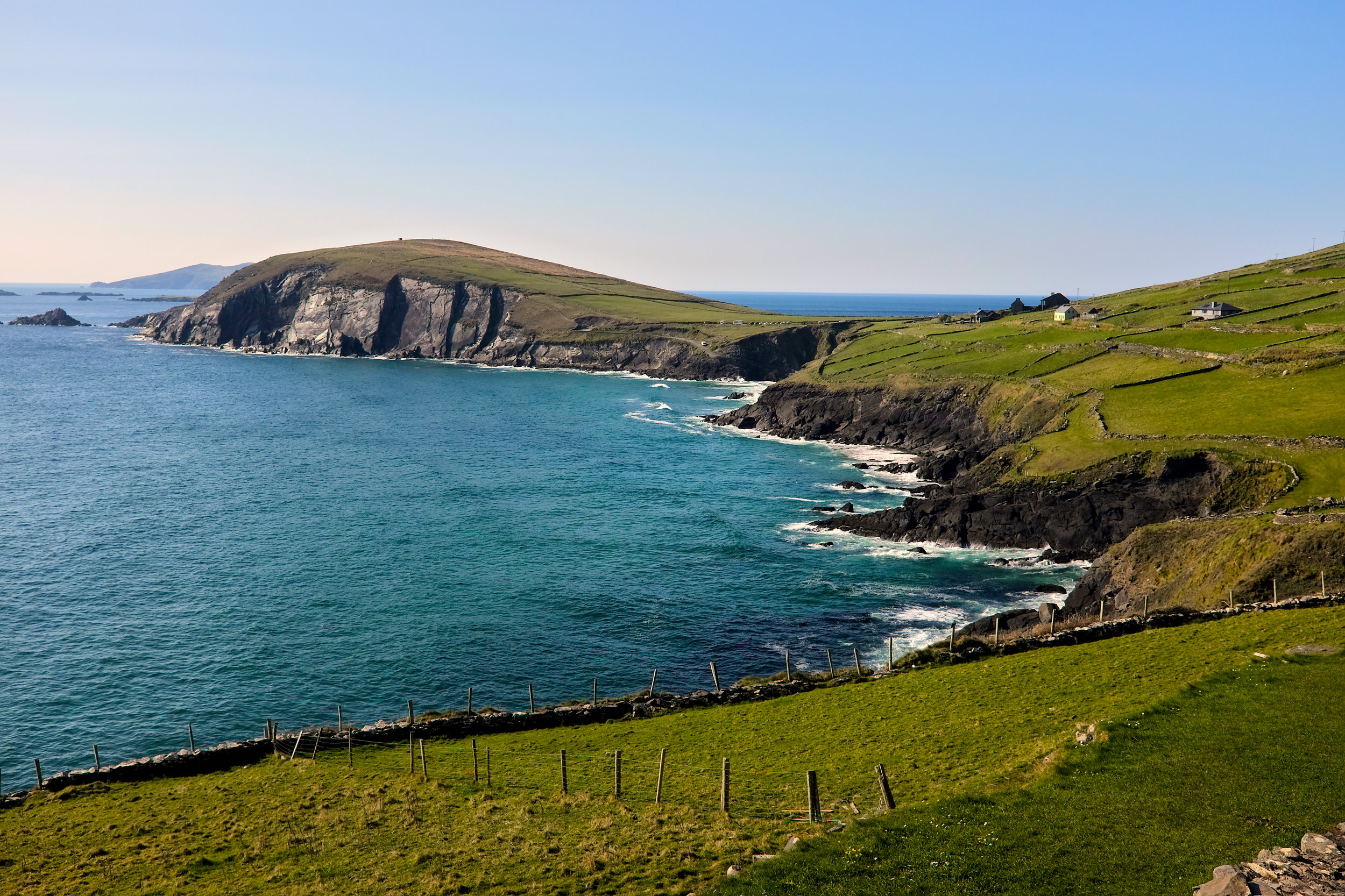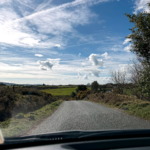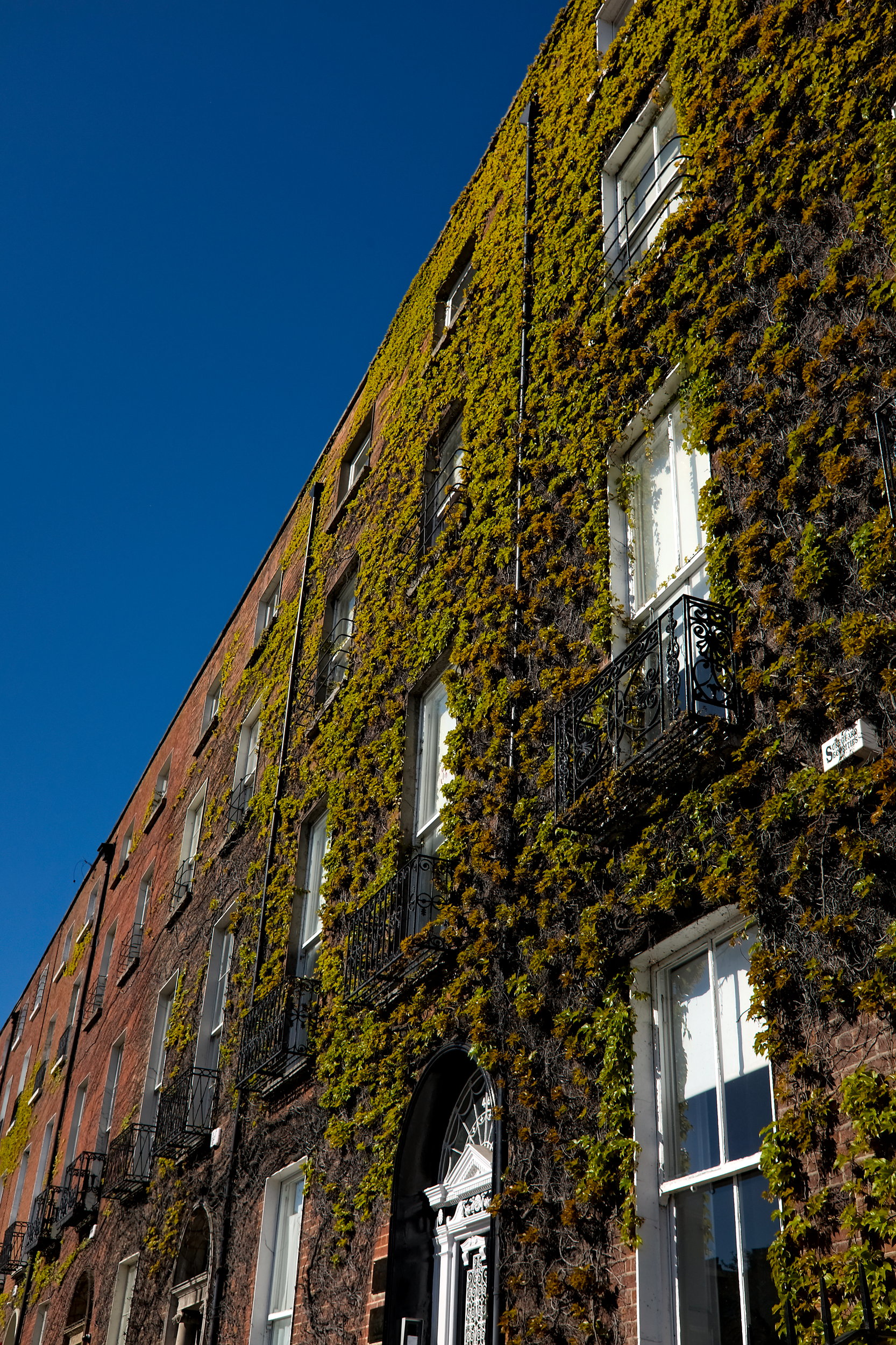

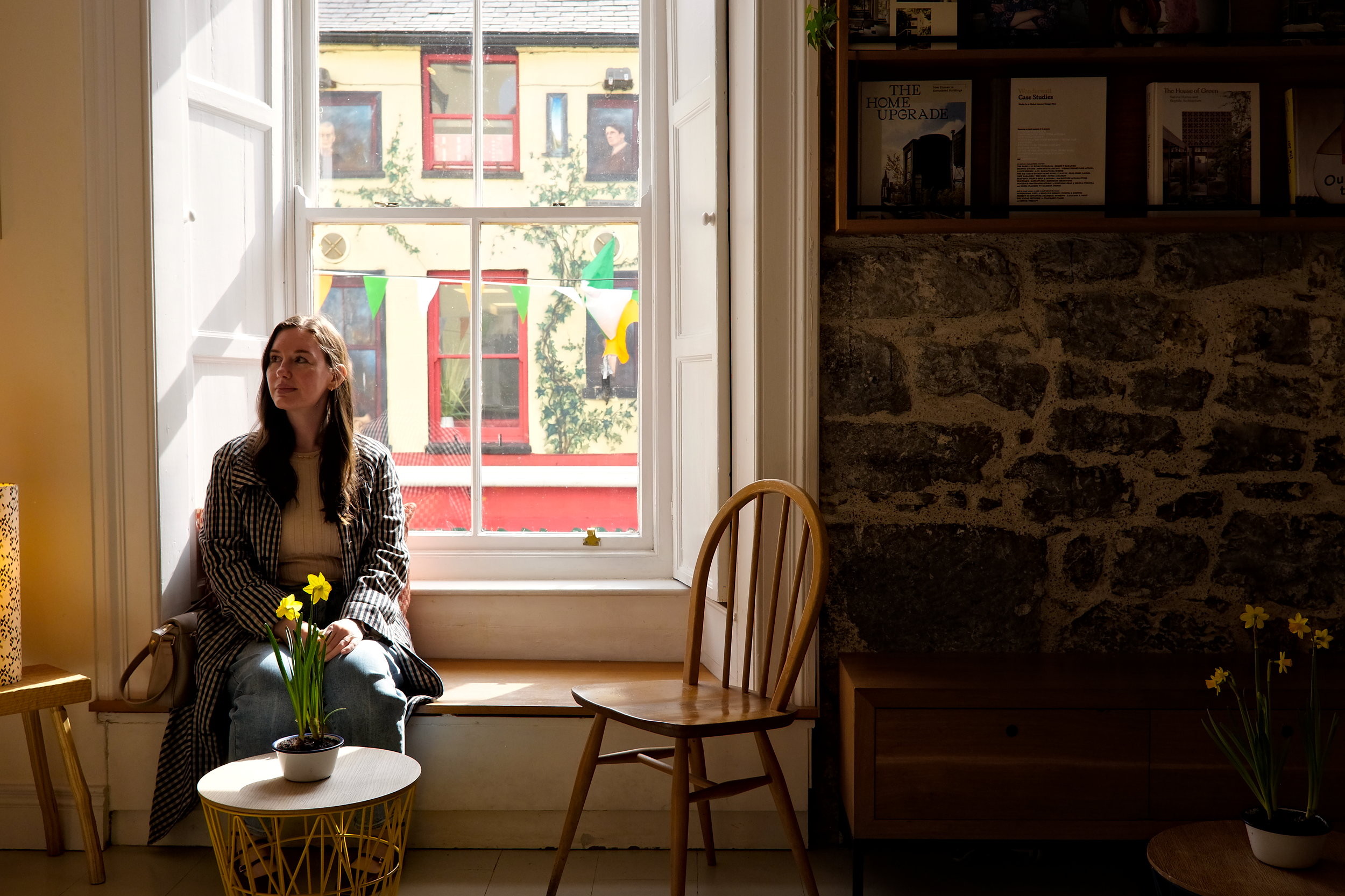
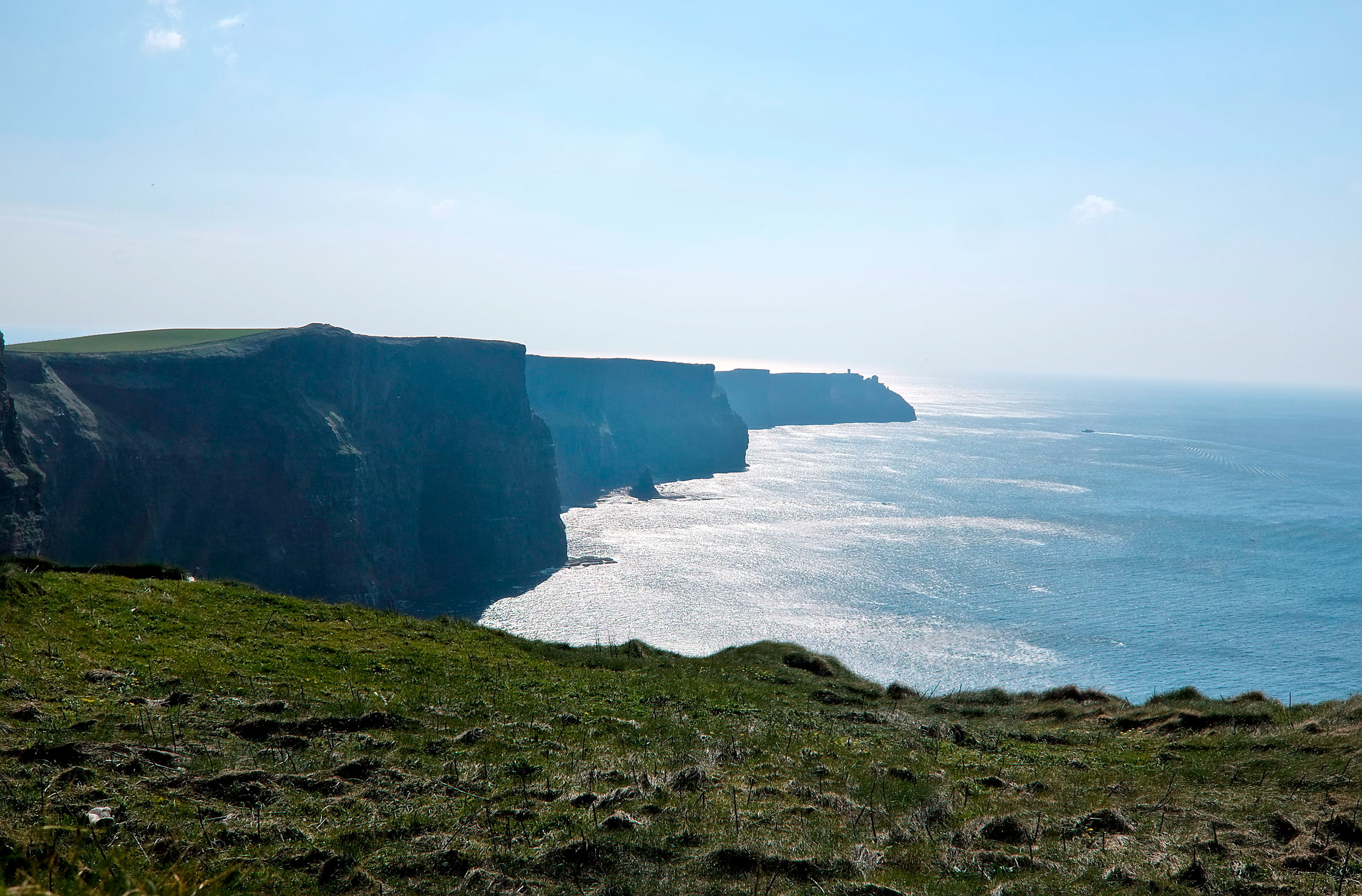
Sharing a well-rounded itinerary for a week in the Republic of Ireland—plus helpful tips for your trip
—
They say you can’t see all of Ireland in a week—and you know what? They’re absolutely right. But with a thoughtful route, a little bit of energy, and maybe a good playlist, you can experience some of the country’s most unforgettable highlights in just seven days.
Looking for more on Ireland? Find all of my Ireland guides in one place.
This itinerary is the one Michael and I followed on a springtime trip to Ireland, and I’d happily recommend it to anyone trying to soak in the magic of this island for the first time. It’s designed to be approachable for first-time visitors, packed with charm, and balanced between iconic stops and local gems. You’ll get a taste of the coast, the countryside, and the culture—all without spending your entire trip behind the wheel.
This post contains affiliate links and I may receive a small commission if you make a purchase after clicking one of these links (at no additional cost to you!). Thank you for your support—it enables me to run this site ad-free!
From cliffside walks and cozy pubs to the perfect city stroll, this guide is your companion for making the most of one incredible week in Ireland. Ready to start taking notes?
TRAVEL ITINERARY FOR A WEEK IN IRELAND
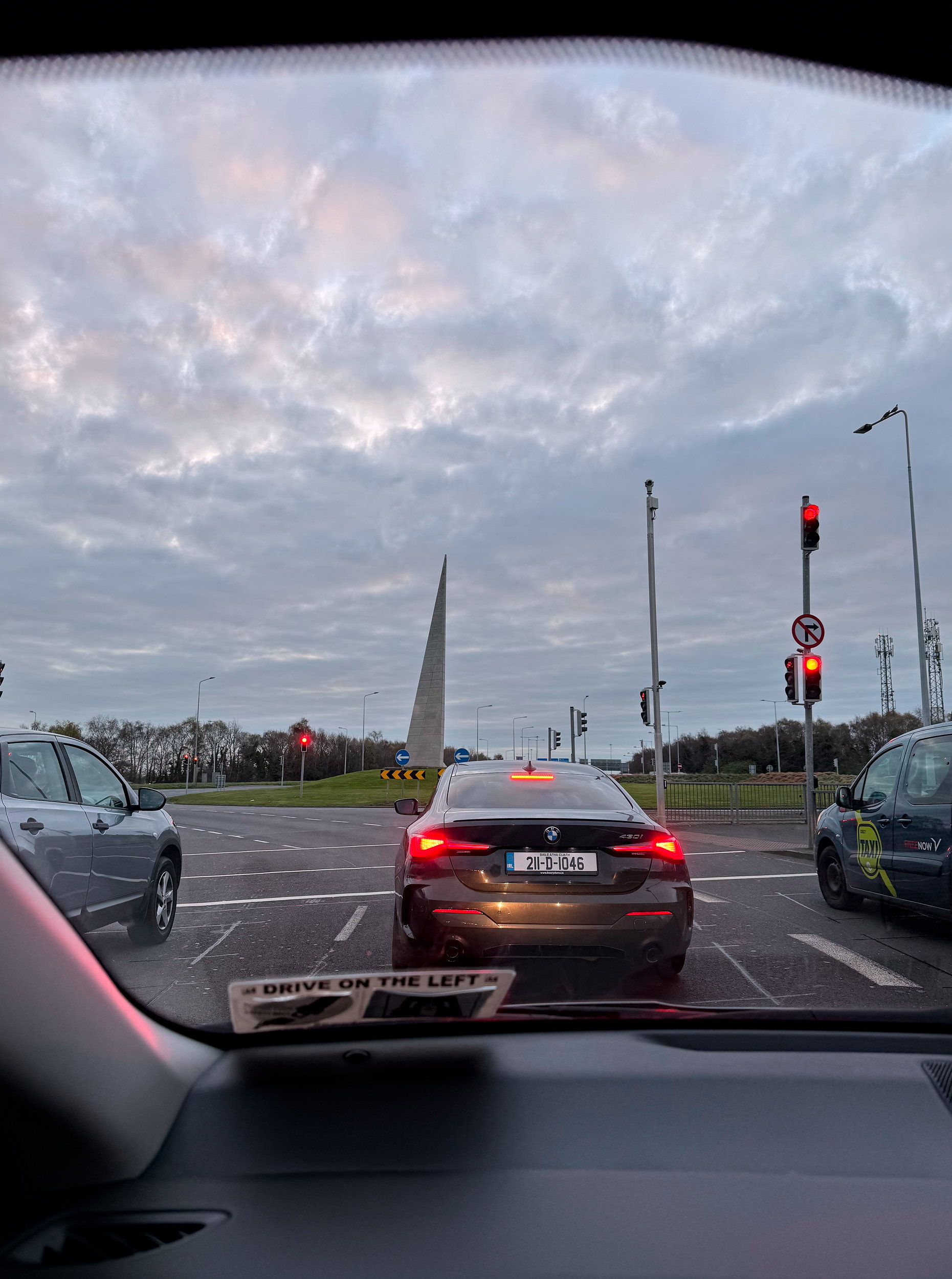
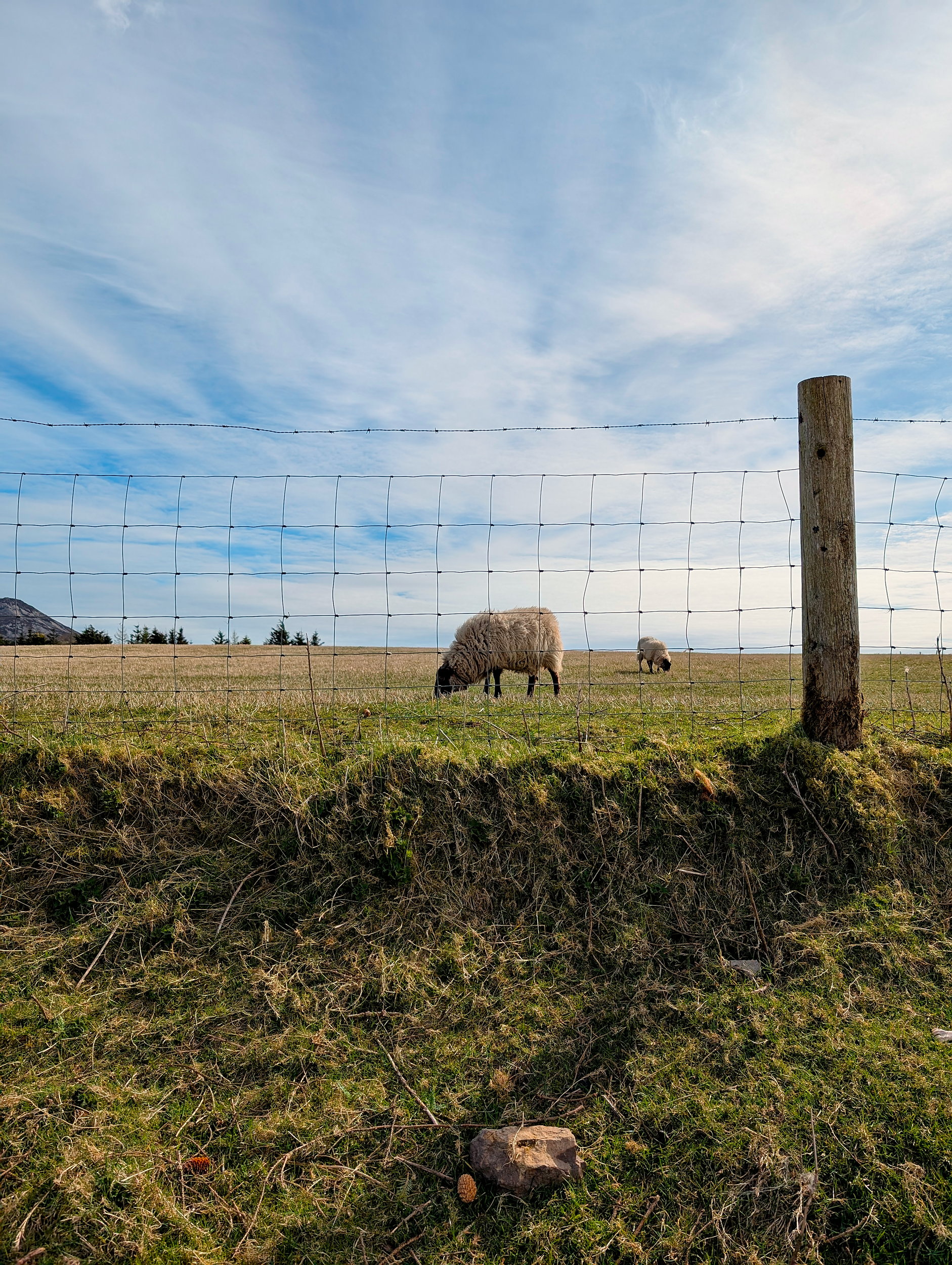
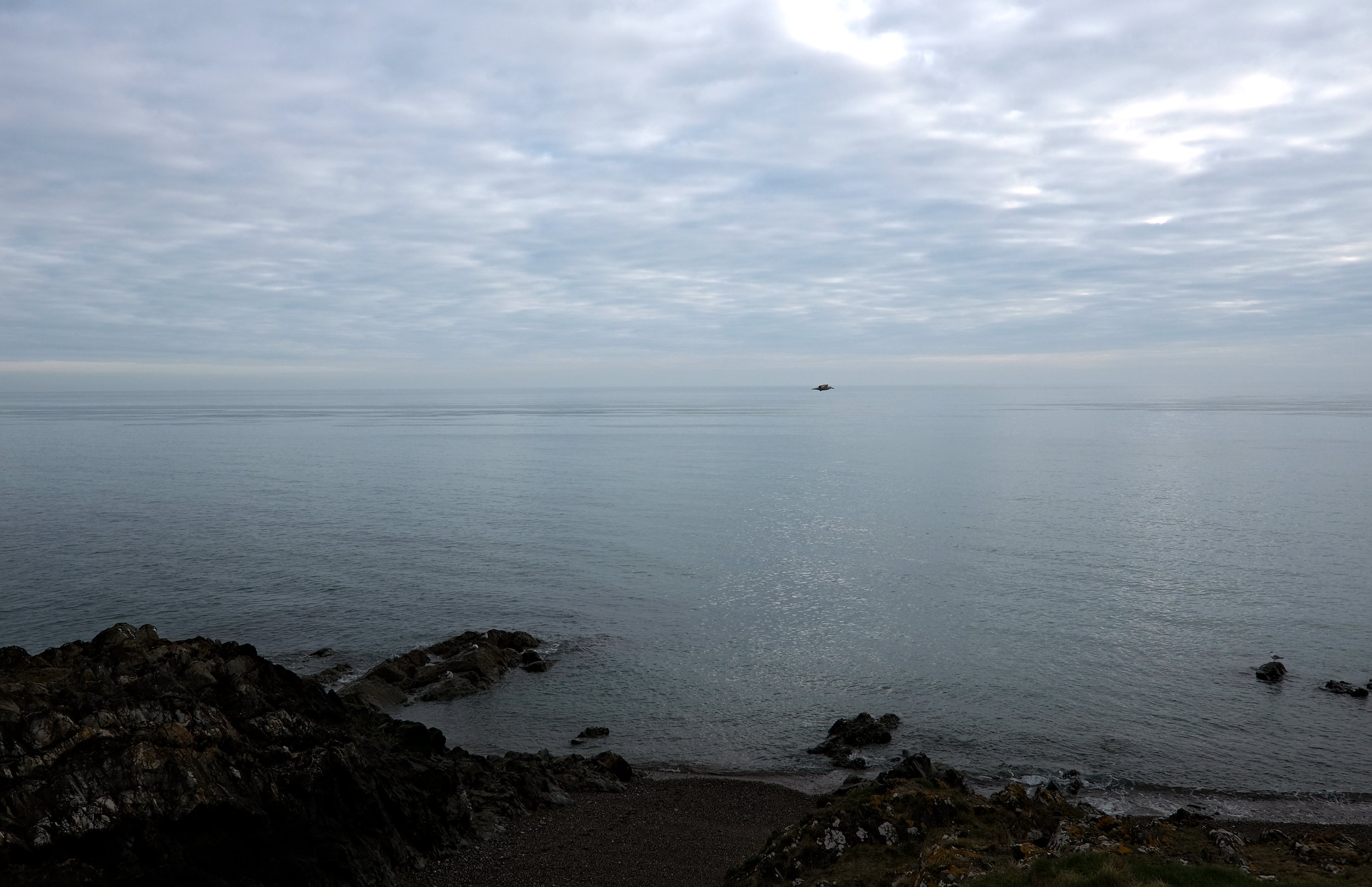
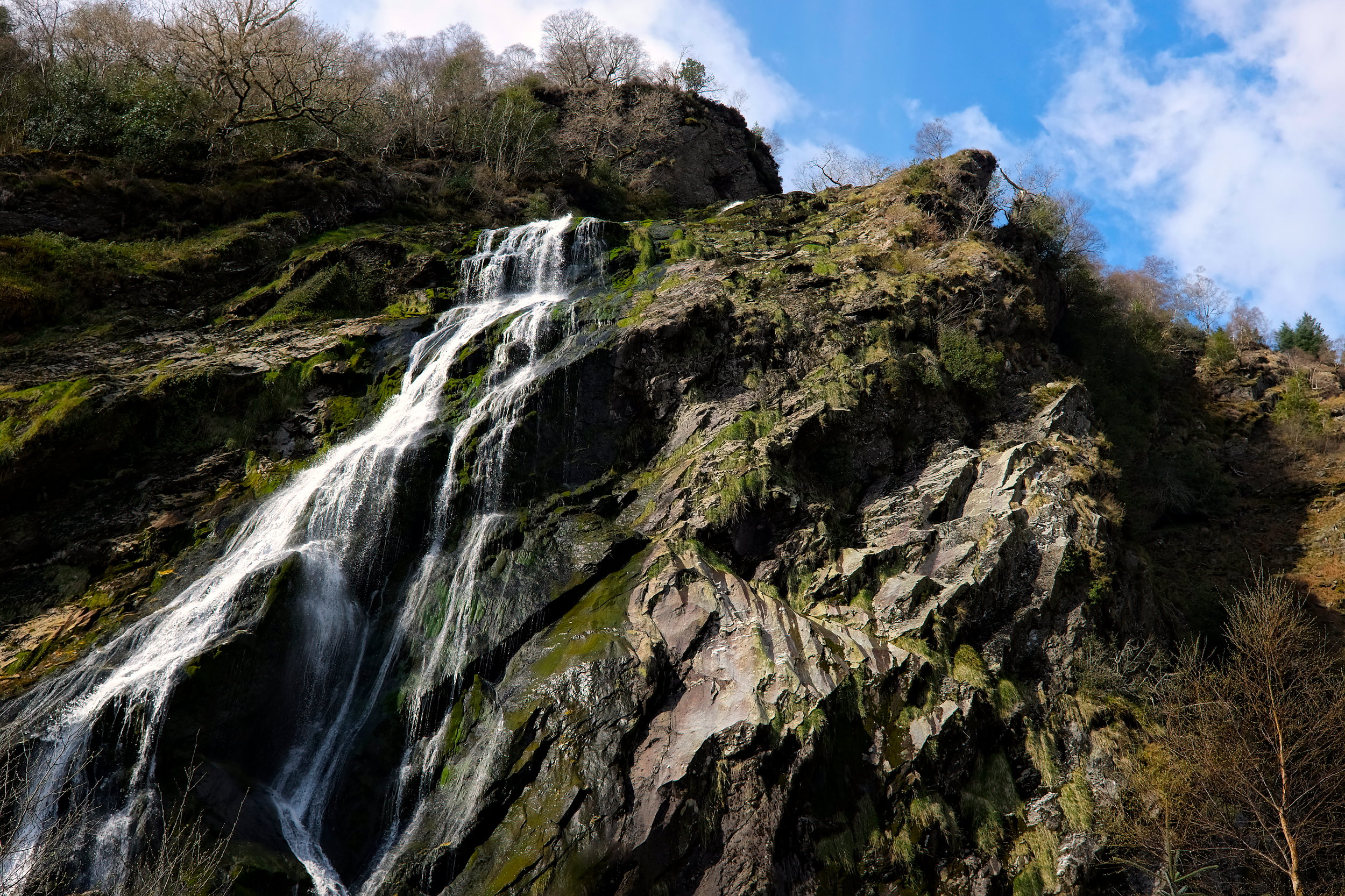
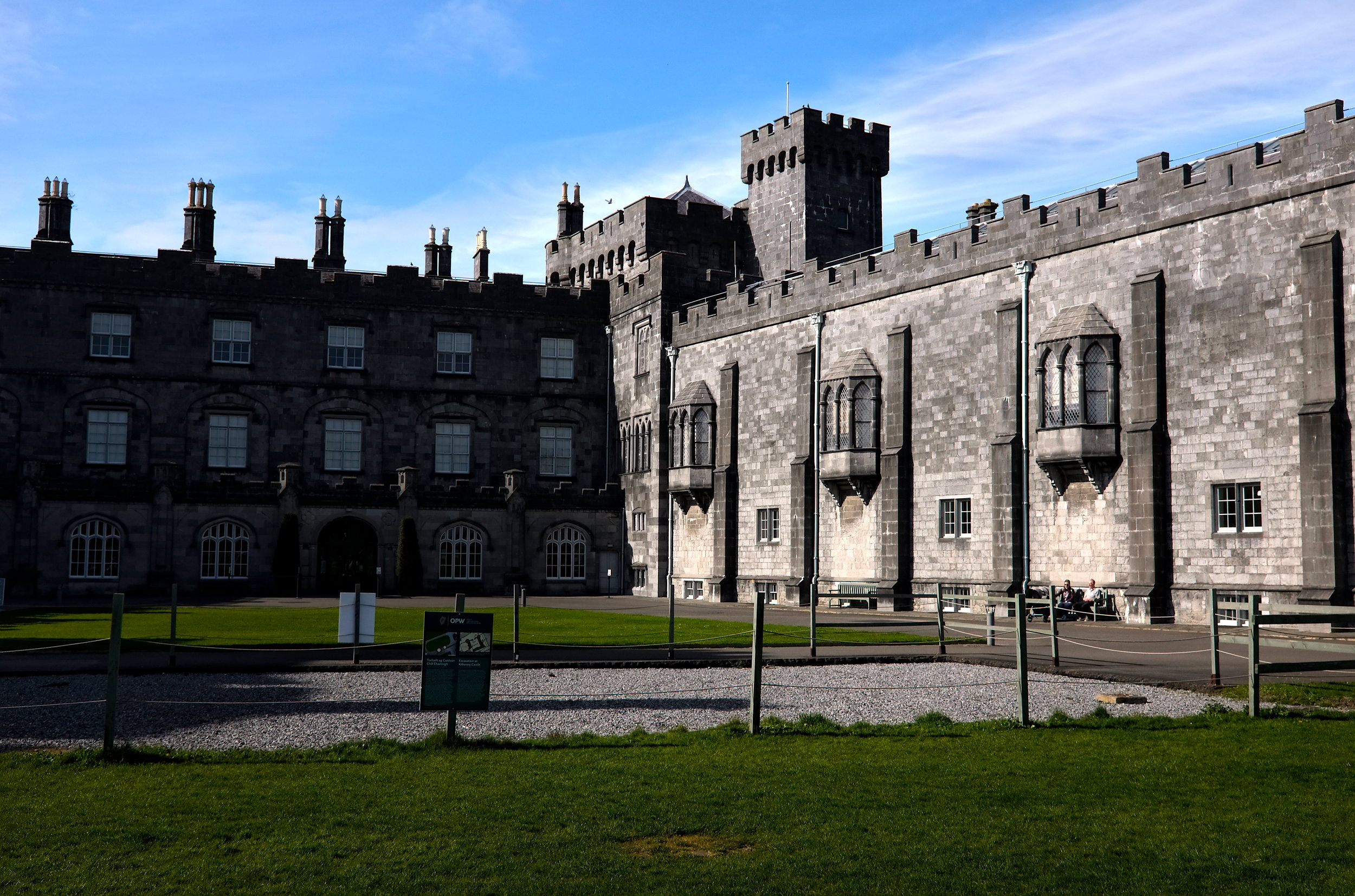
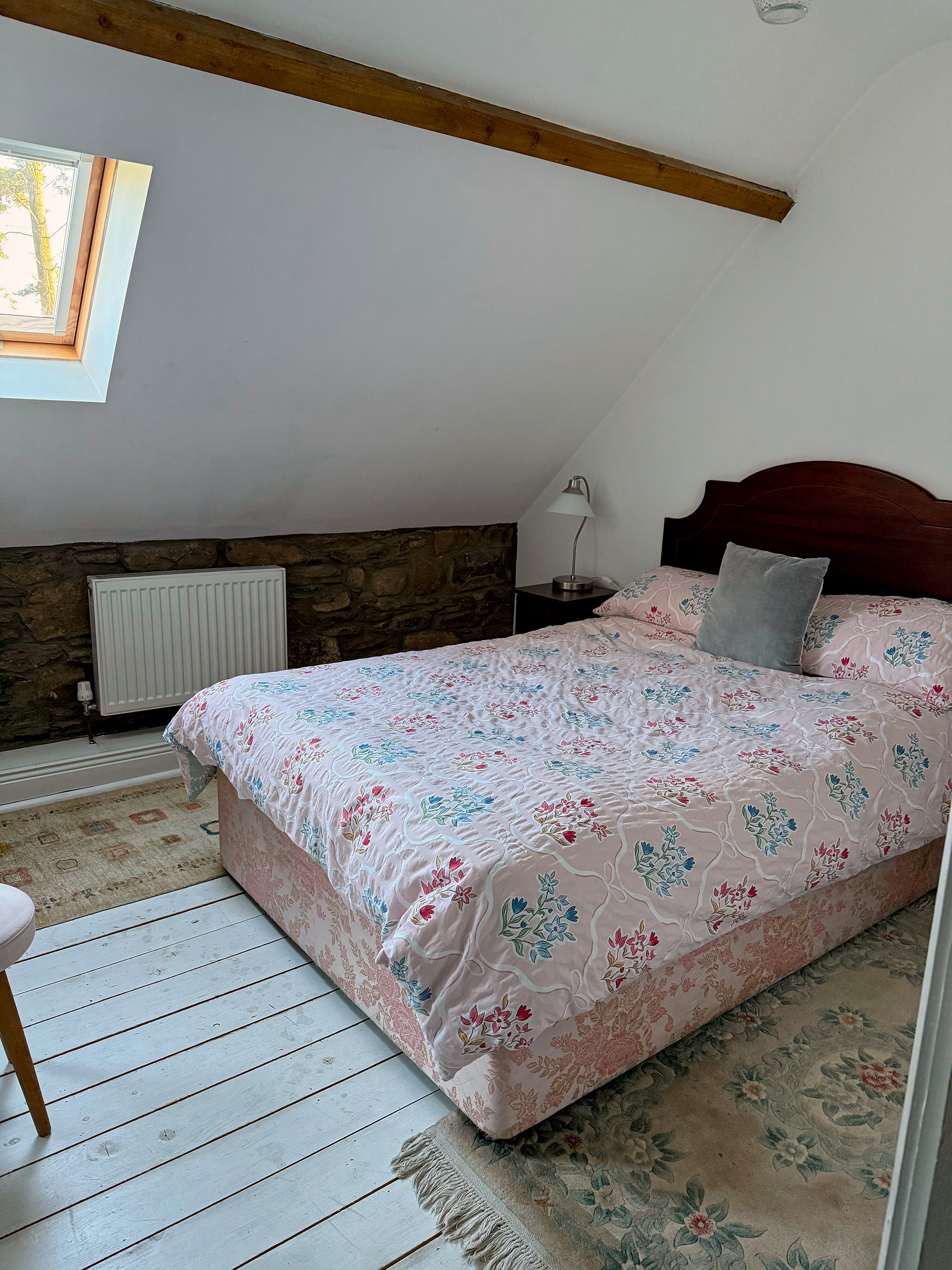
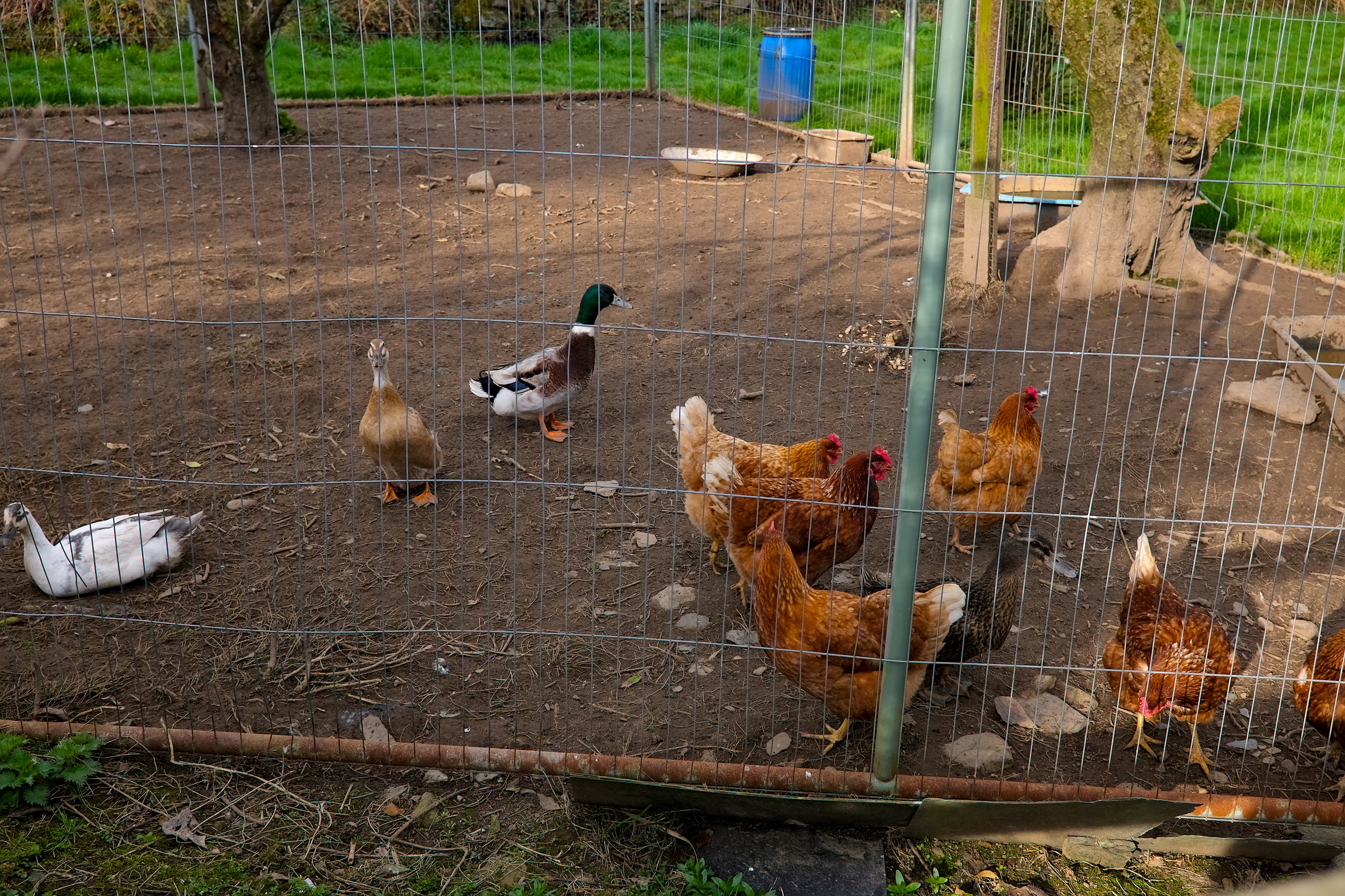
Day 1: Arrive, rent a car, and drive through the countryside
You made it!
If you’re flying in from the U.S., chances are it’ll be more affordable to land in Dublin—just like we did. One of the perks of flying west to east is that most flights arrive in the morning, giving you a full day to begin exploring. Ours touched down at 5:30 a.m., and we headed straight for the rental car counter.
Take your time getting situated behind the wheel (Michael took plenty of time getting acquainted with the car!), before setting off to explore Ireland’s eastern landscapes—from coastal Greystones and the roaring Powerscourt Waterfall to postcard-worthy towns and cities like Graiguenamanagh (home to a family-run mill) and Kilkenny. Drop your stops into Google Maps and string them together like precious gemstones on a bracelet.
After a long, long travel day, I suggest booking accommodations that offer a peaceful retreat. We stayed at the charming Childwall Cottage in the tiny parish of Listerlin and it was pure magic, especially after grabbing a pint at the cozy pub just down the road.
→Further reading: Tips for Renting a Car and Driving in Ireland and A Leisurely Road Trip from Dublin to Cork
—
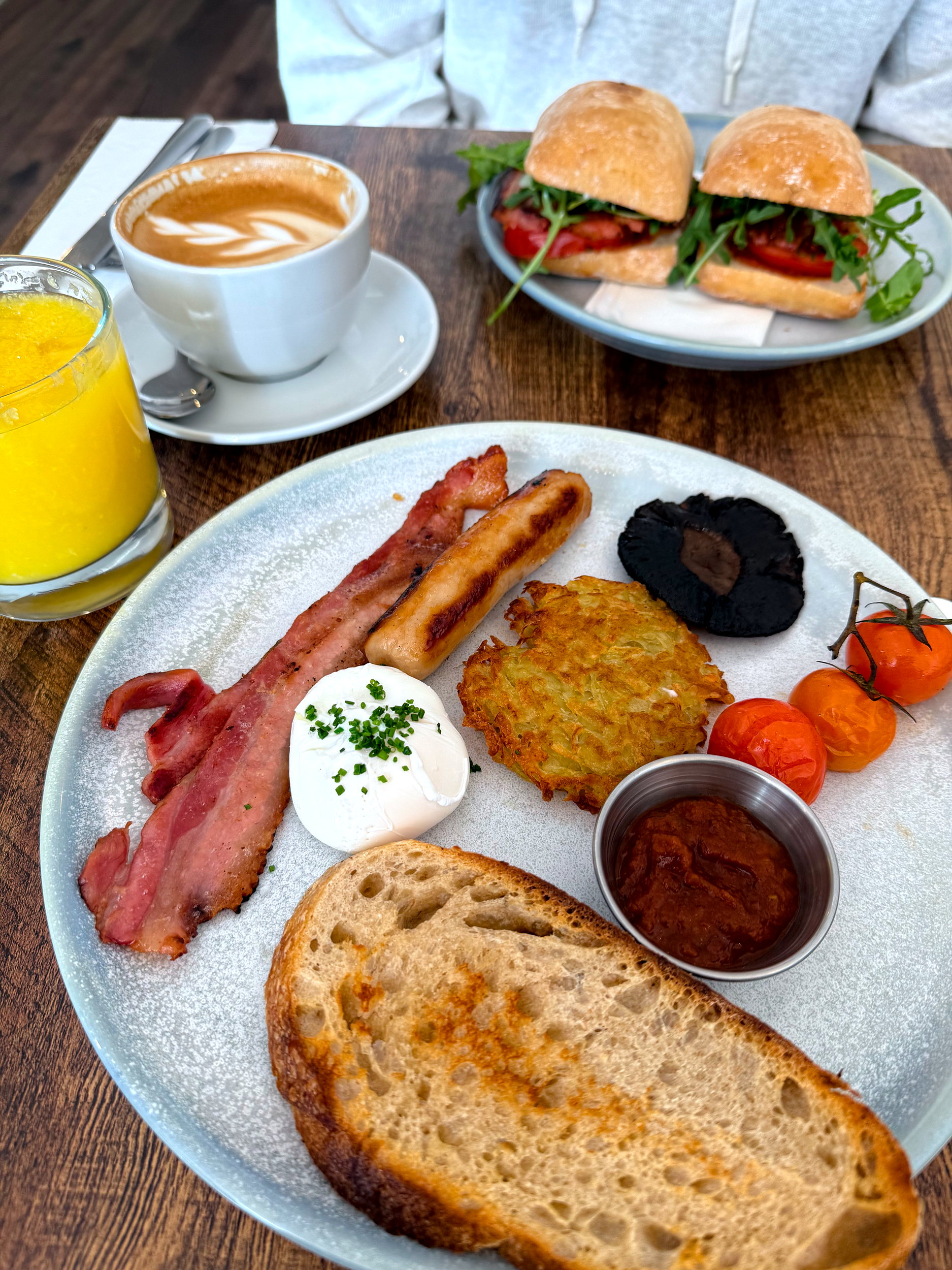
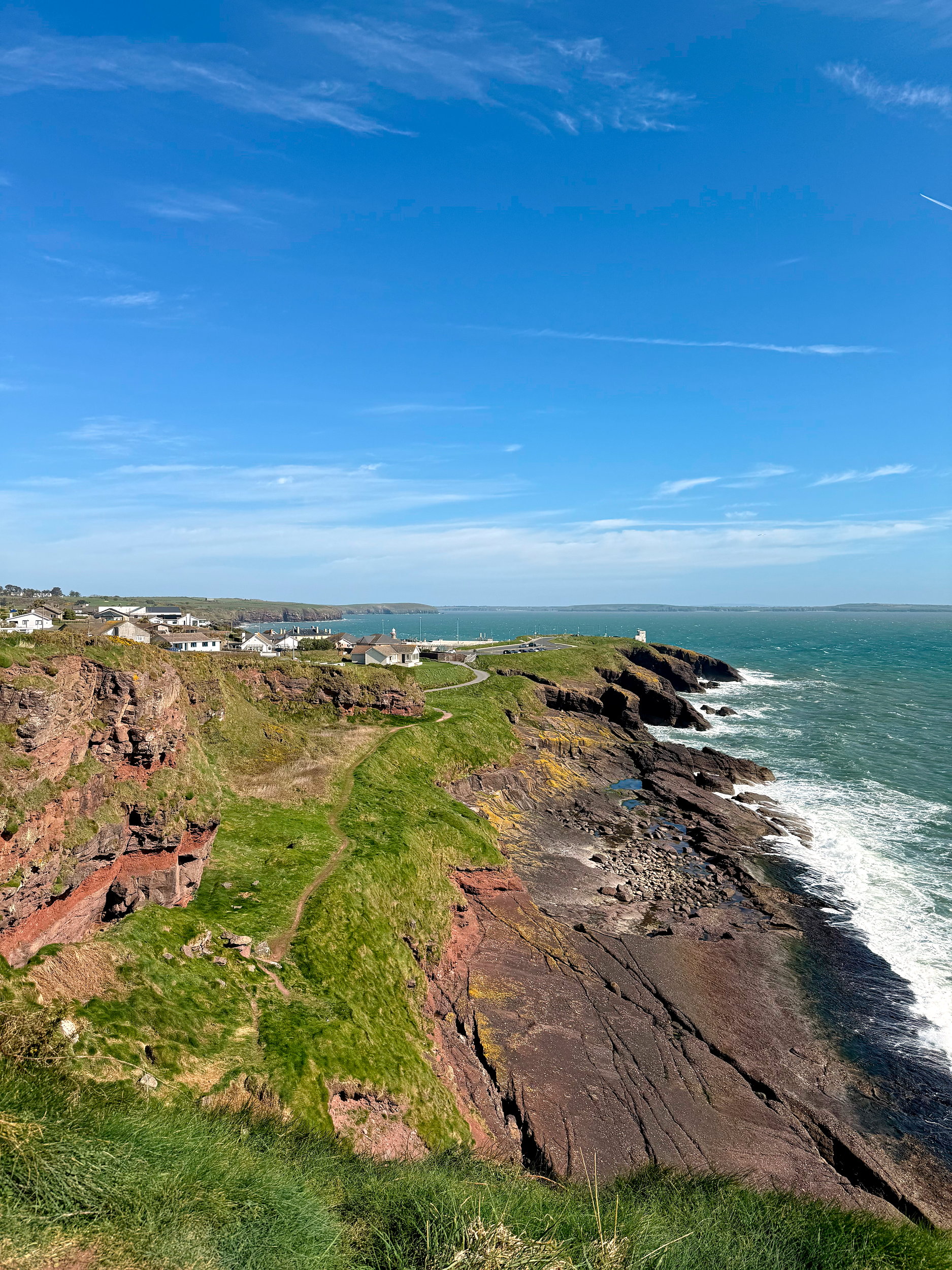
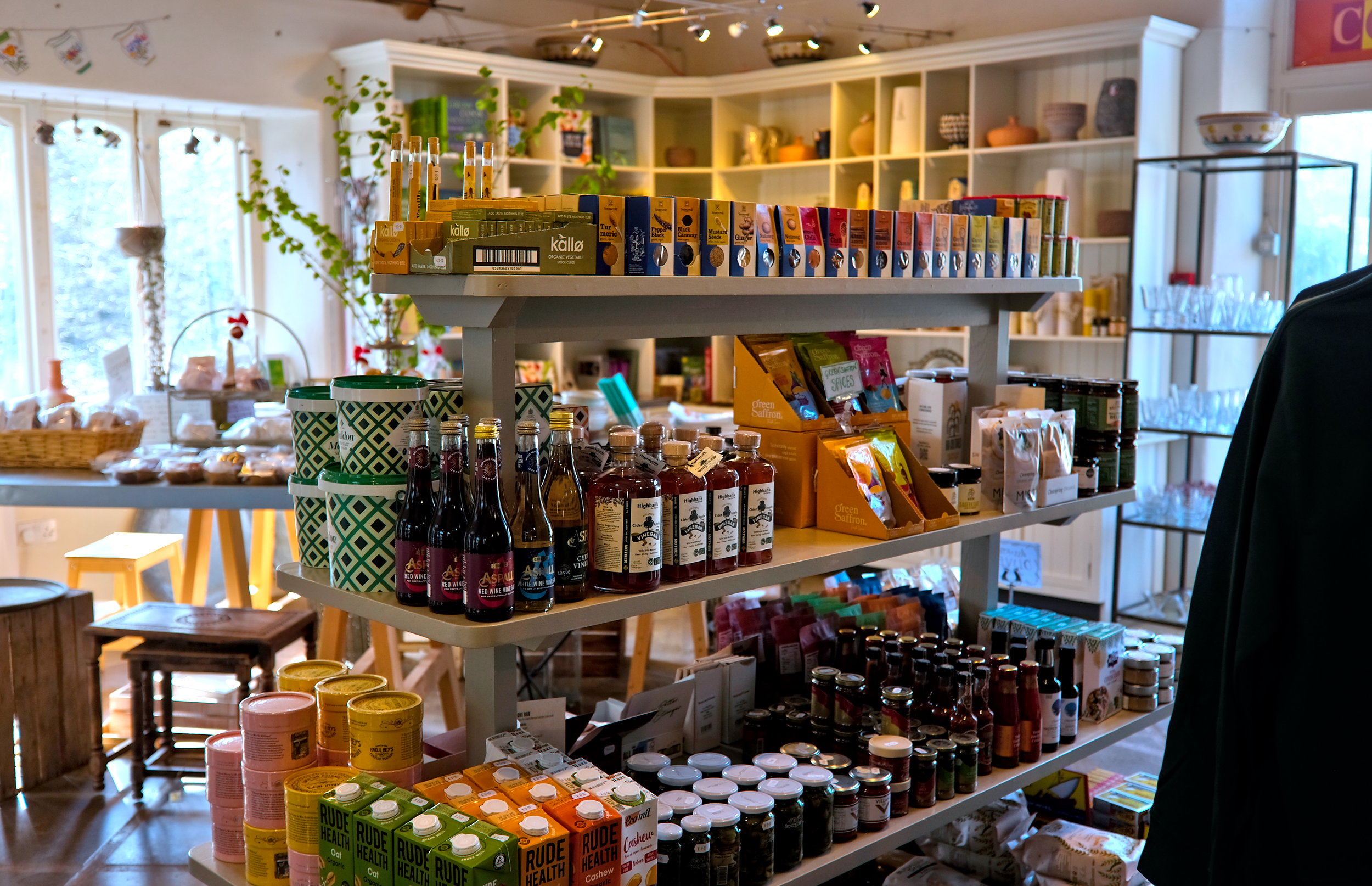
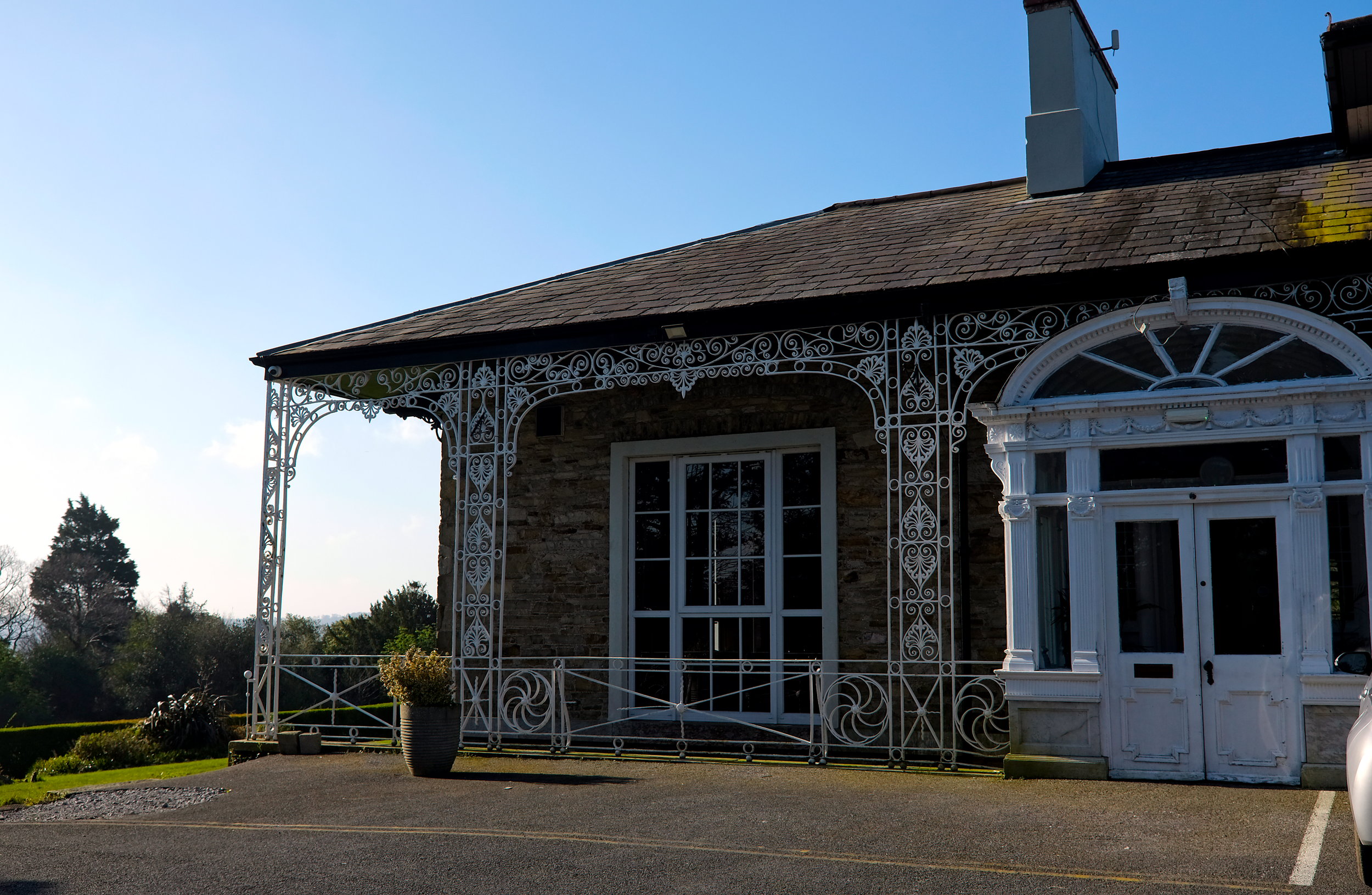
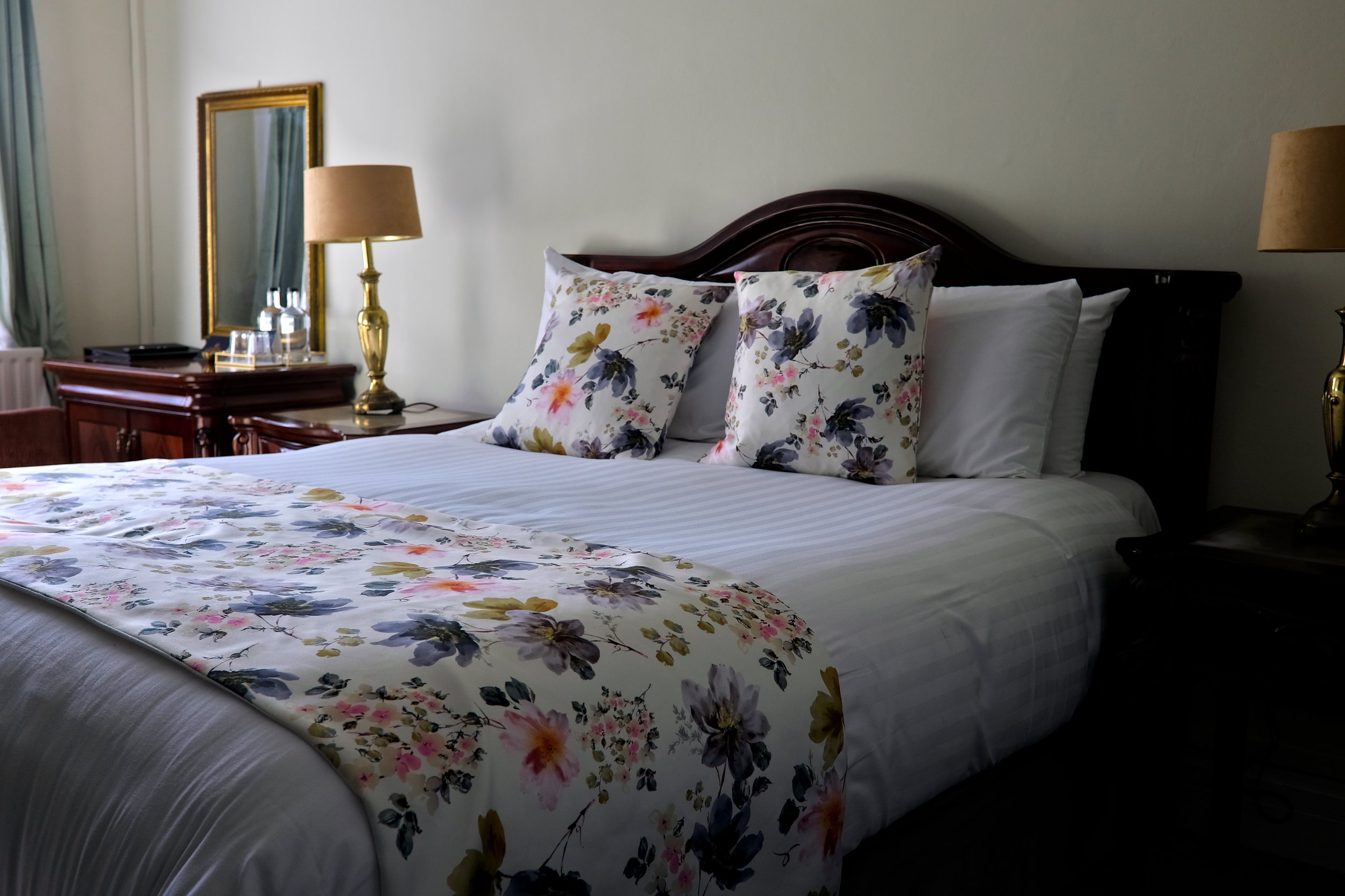
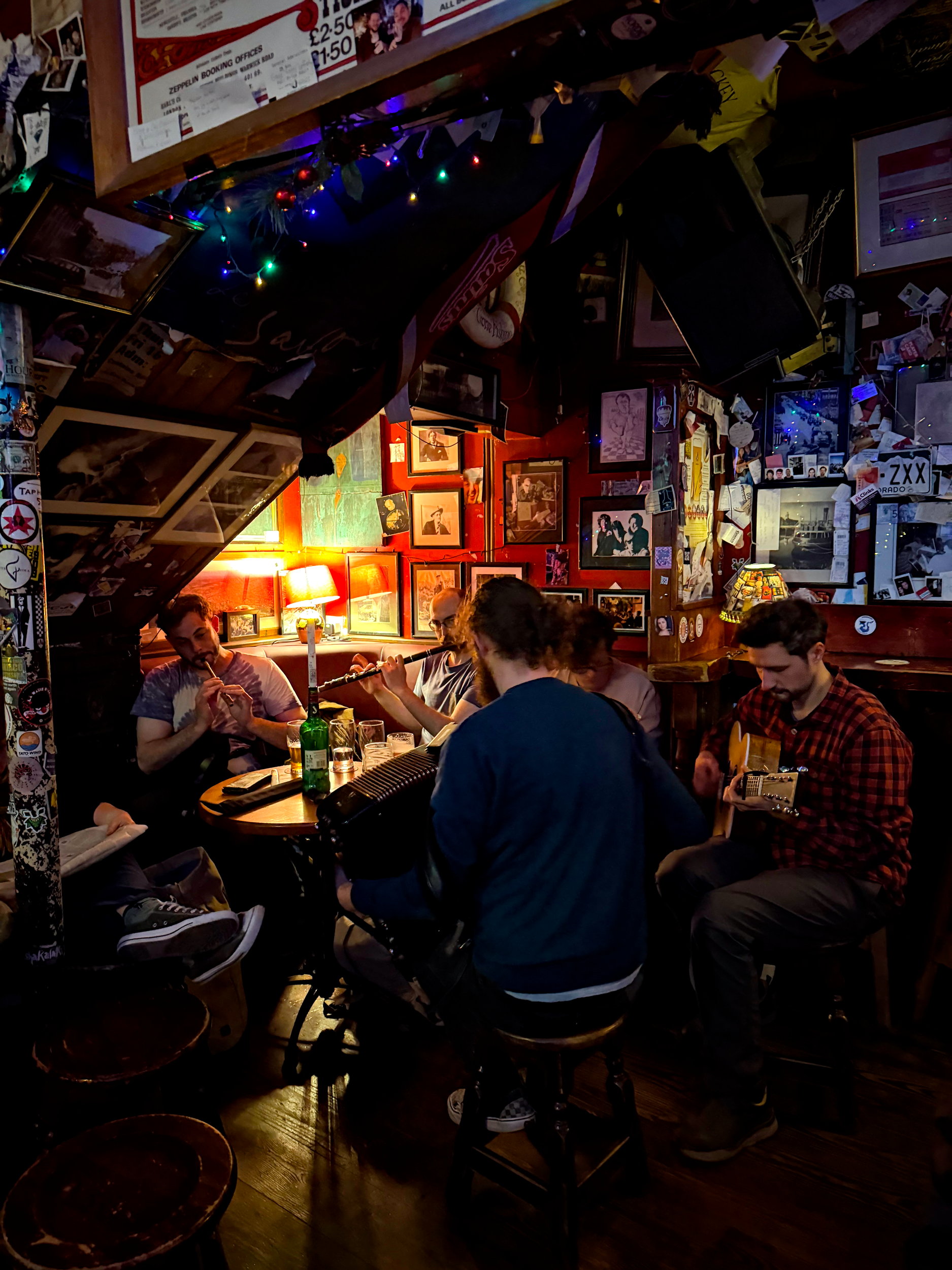
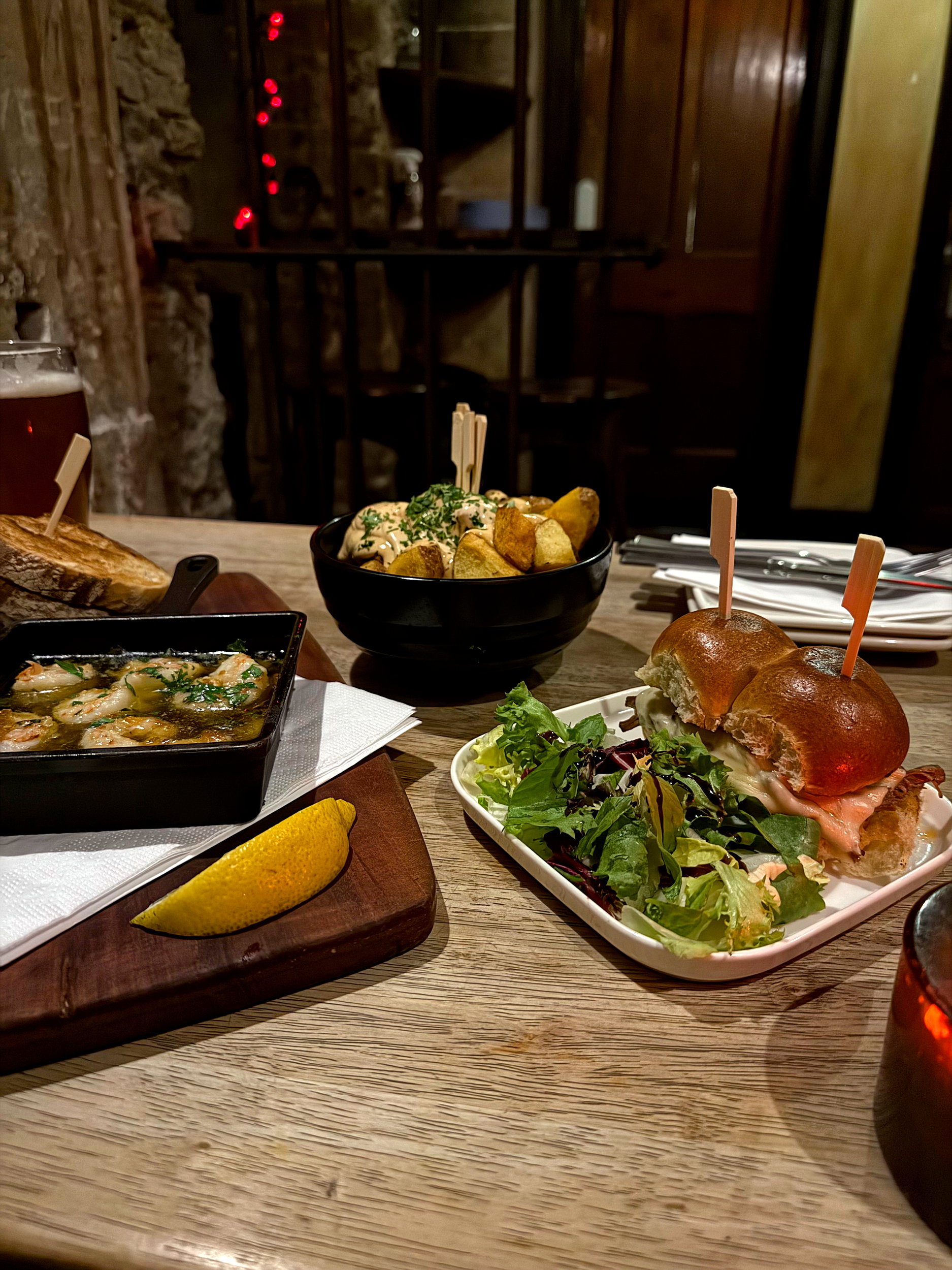
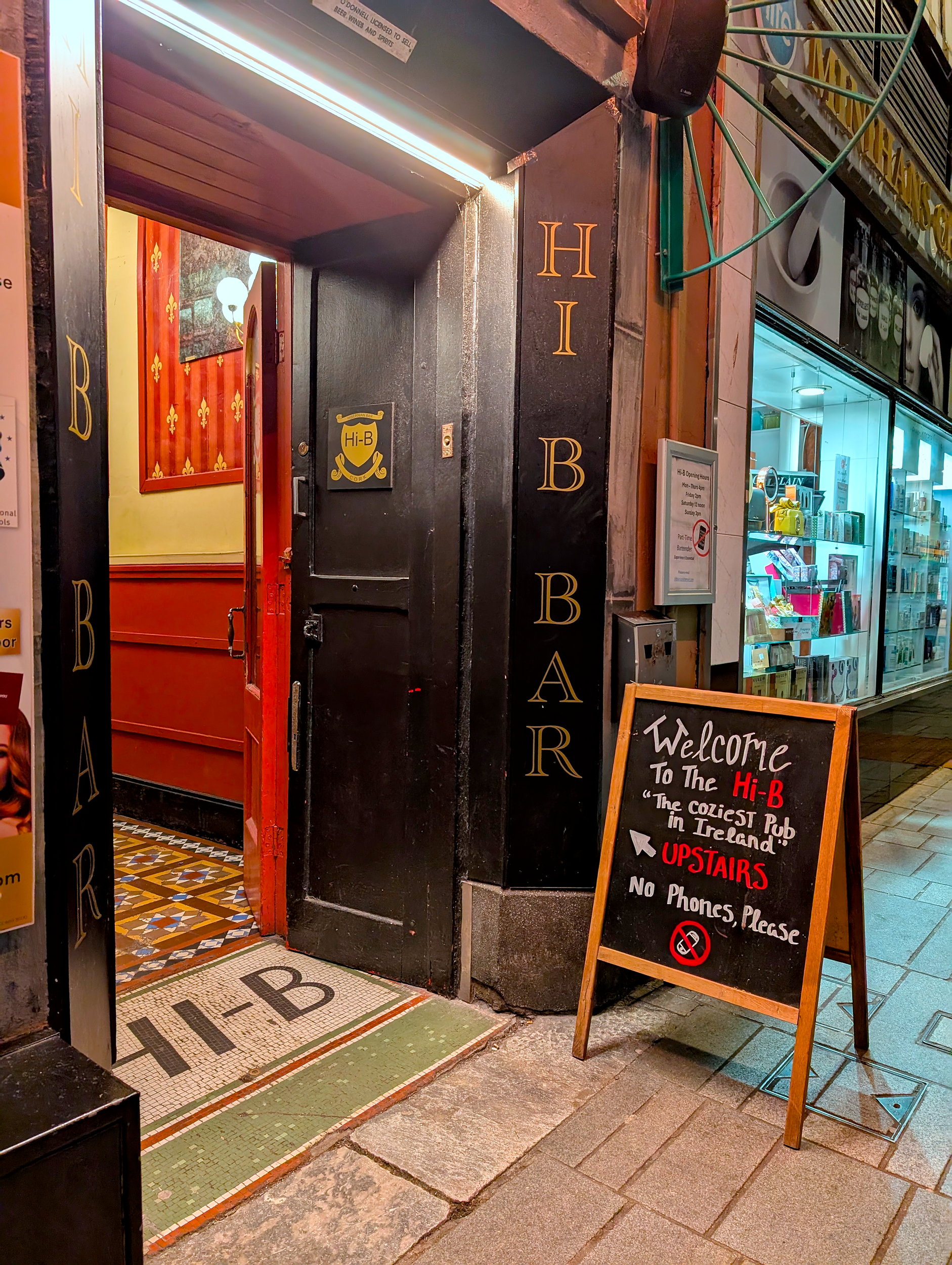
Day 2: Discover local culture in Cork
The meandering continues—starting with a perfect breakfast at Bearú in New Ross before heading down to the seaside village of Dunmore East. The Dunmore East Cliff Walk is a beautiful way to stretch your legs and take in sweeping views of the port and dramatic coastline. Before hopping back in the car, a coffee from Harpers Point makes a worthy companion for the road.
You’re nearly to Cork City, but make time for one more stop: the legendary Ballymaloe Cookery School. While they offer full-day workshops and longer courses, the well-stocked shop is plenty enough reason to visit for the time-strapped home cook.
Finally, it’s time to make your way into Cork. Driving here can be frustrating, so I recommend staying just outside the city and leaving your car at the hotel. Ennismore House offers all the comforts of a hotel twice its price, and is only a five-minute walk from a bus stop that will take you into the heart of Cork City.
Soak up Cork’s creative energy with a visit to the English Market, a trad music session in a lively pub, and dinner at one of the city’s favorite restaurants. We ended up at a former pharmacy-turned-tapas-bar, but next time, I’m eyeing this smokehouse and this chic seafood spot (reservations essential for both!). End your night at what became my favorite pub in all of Ireland, the Hi-B Bar.
→Further reading: The Wayward Guide to Cork
—
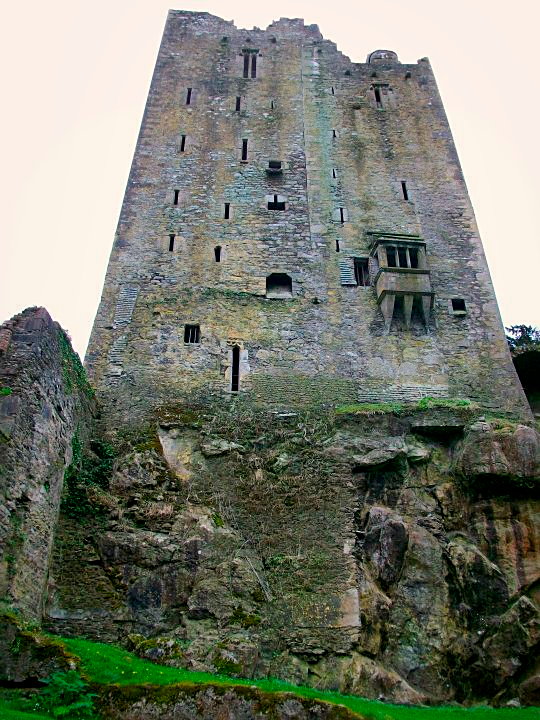
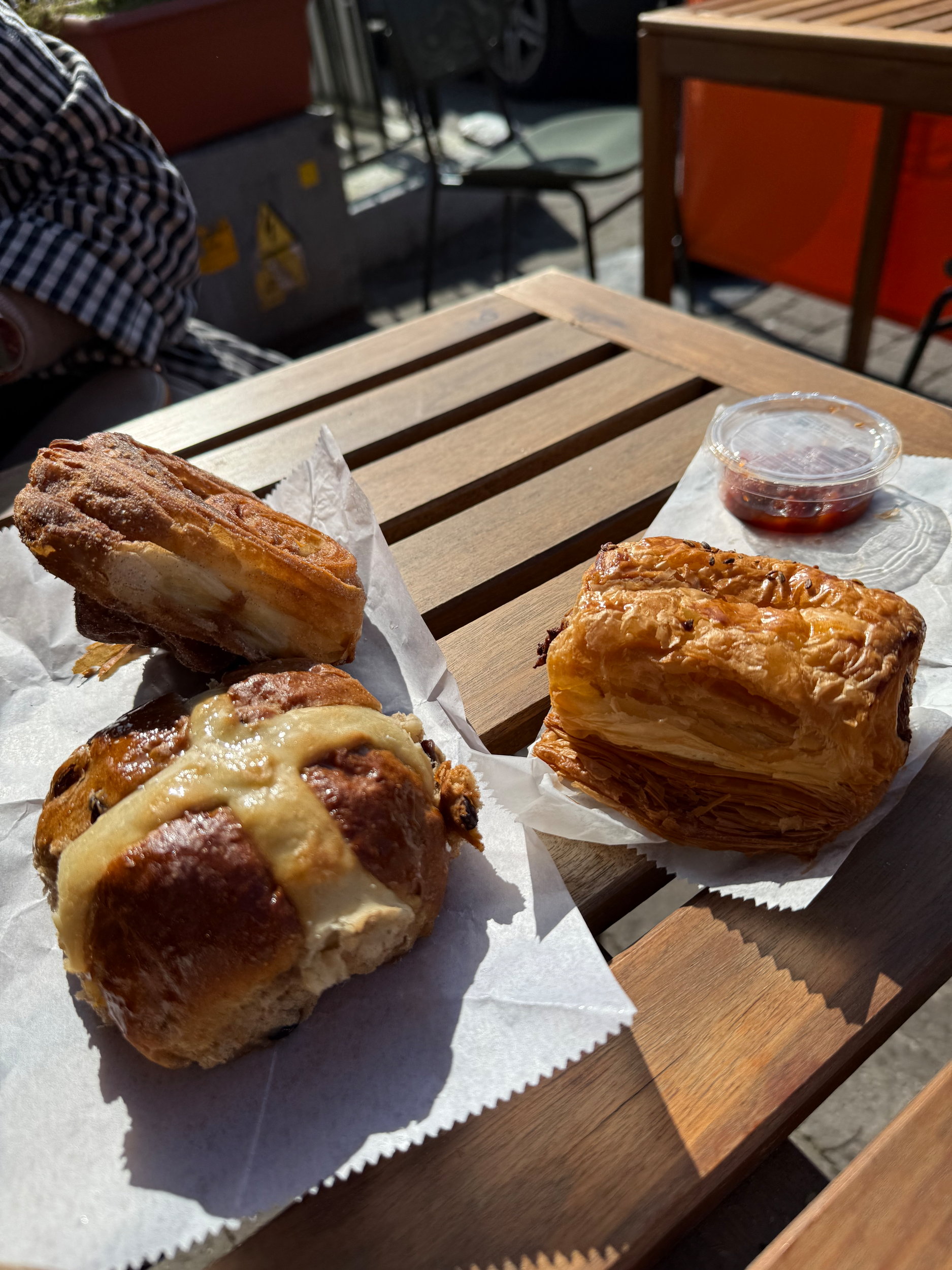
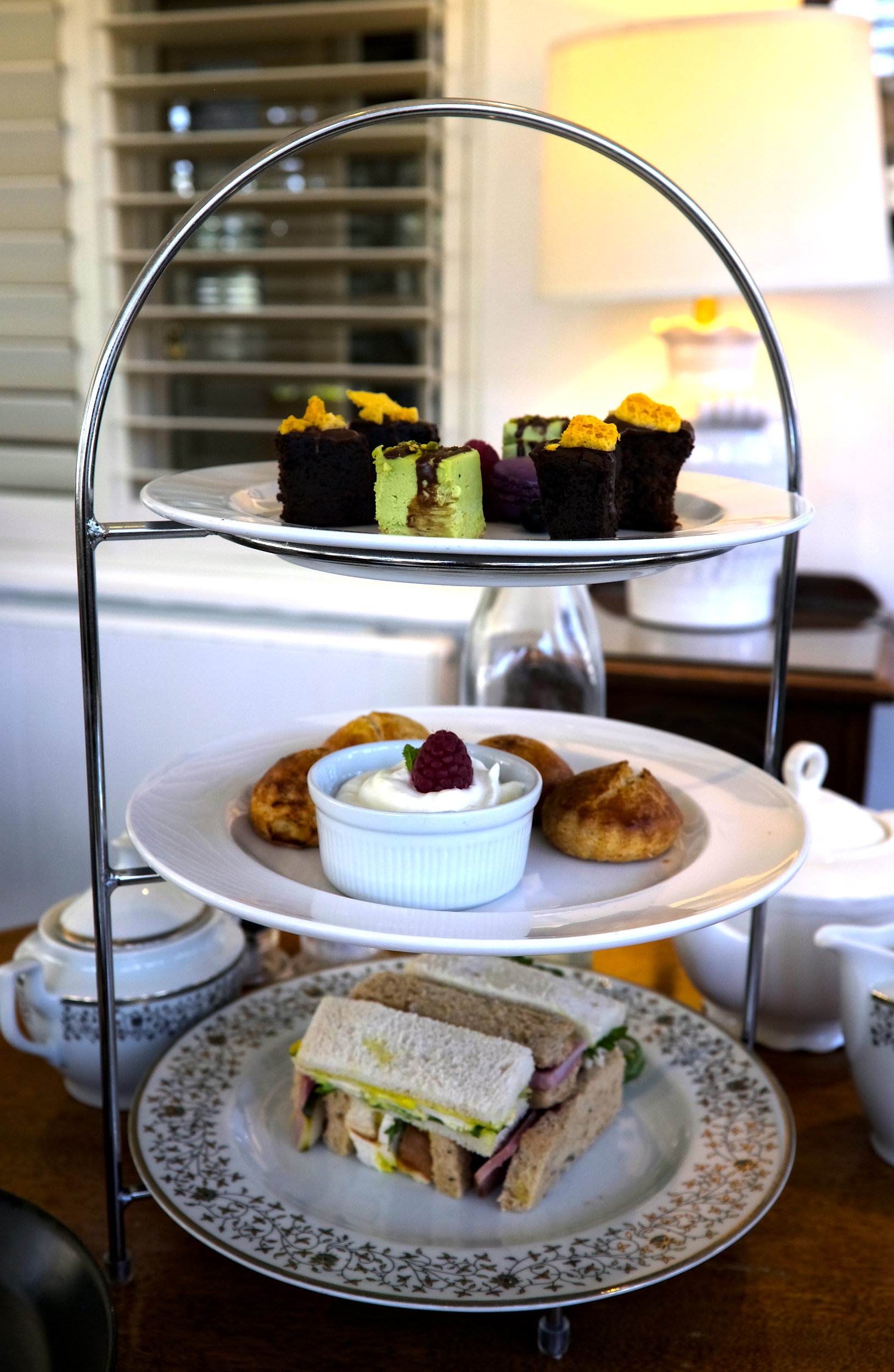
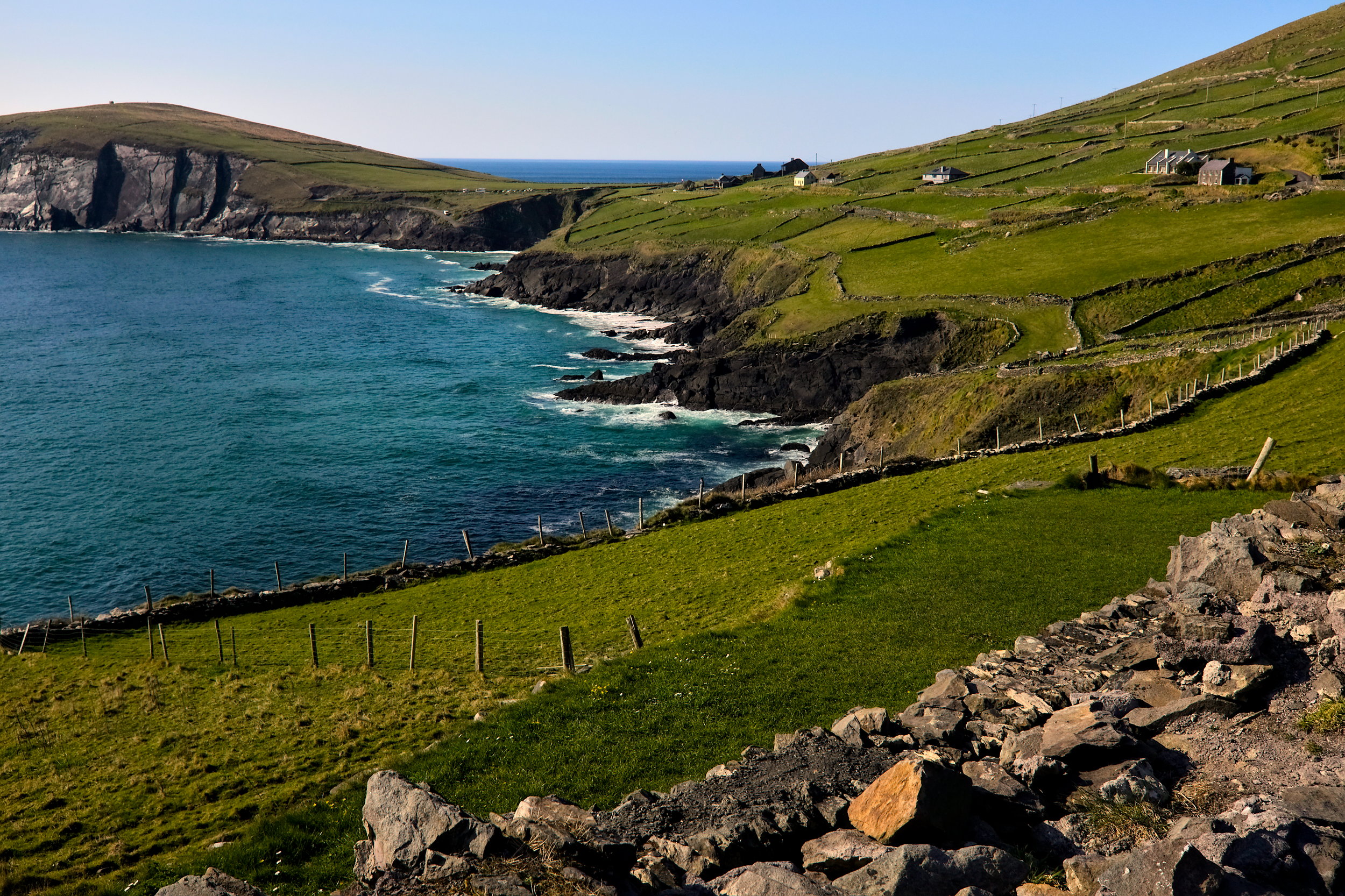
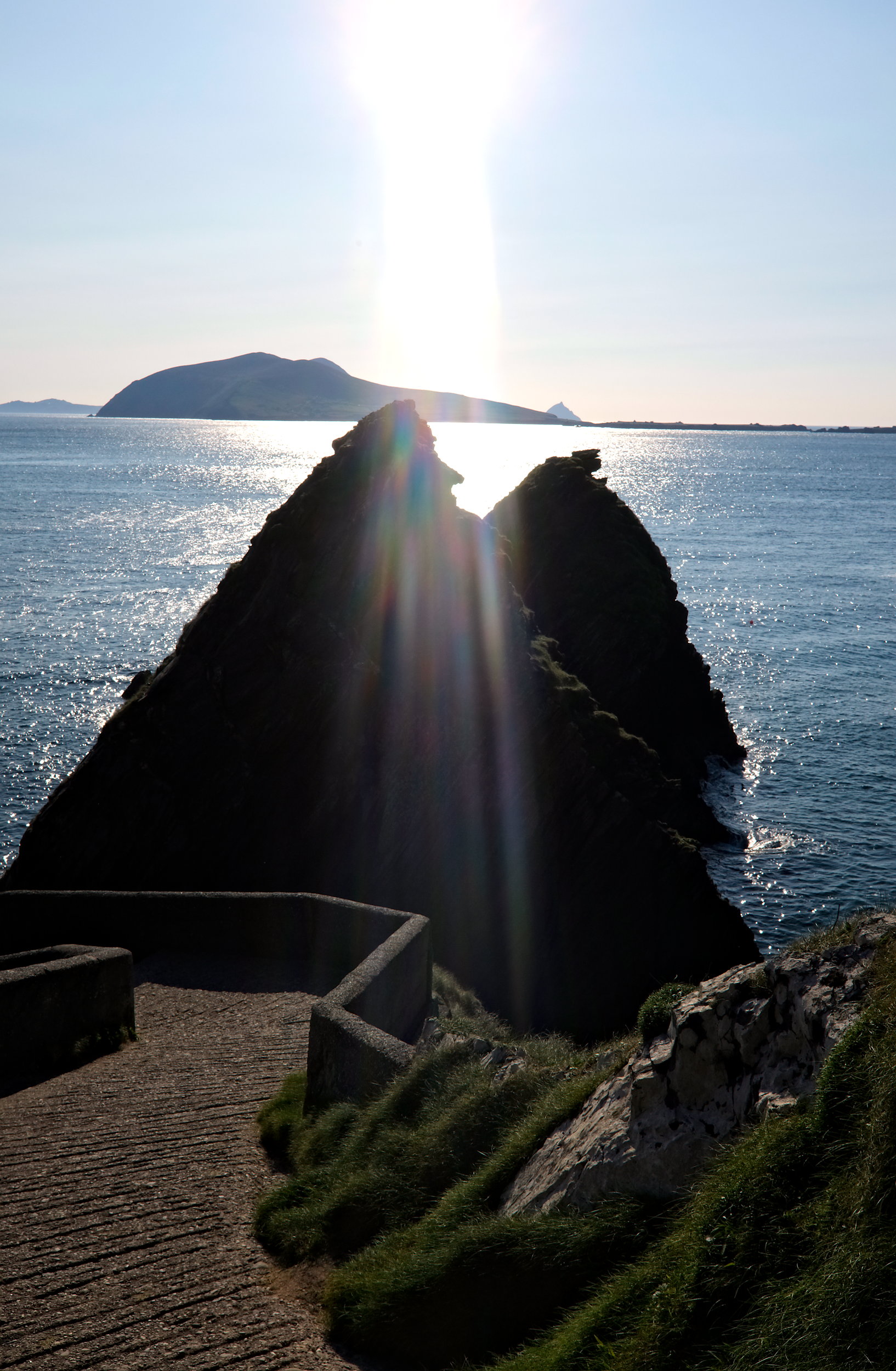
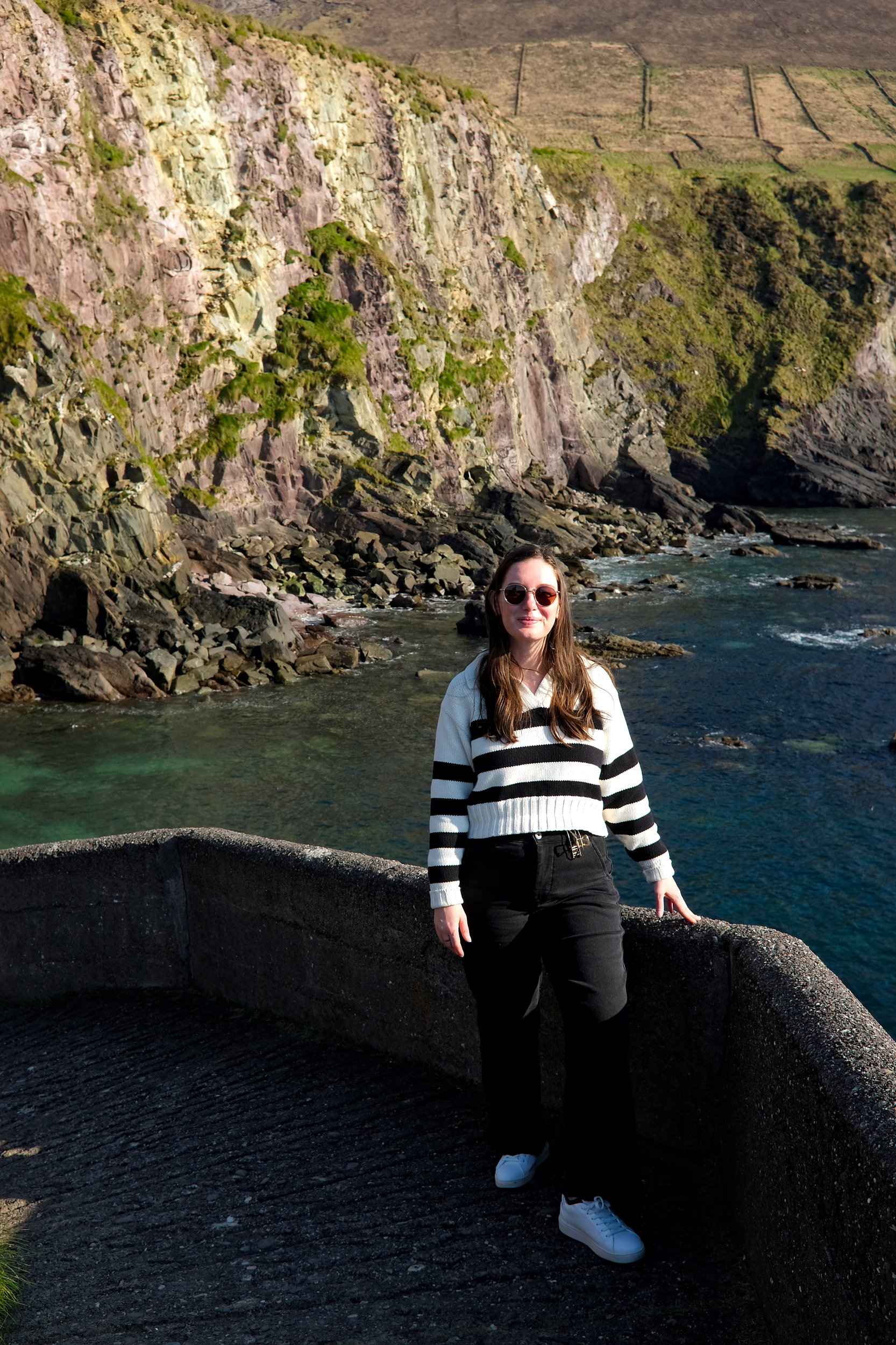
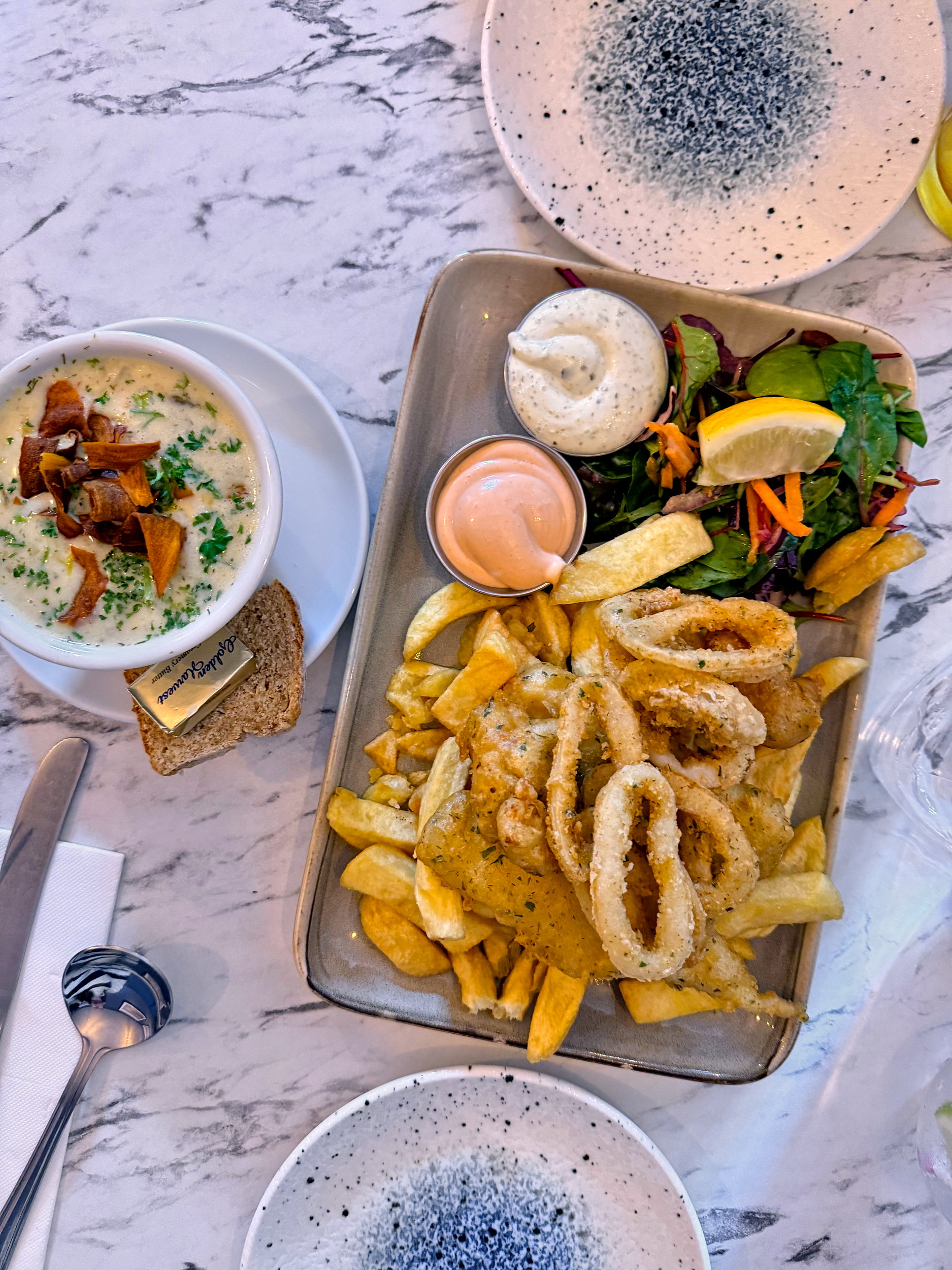
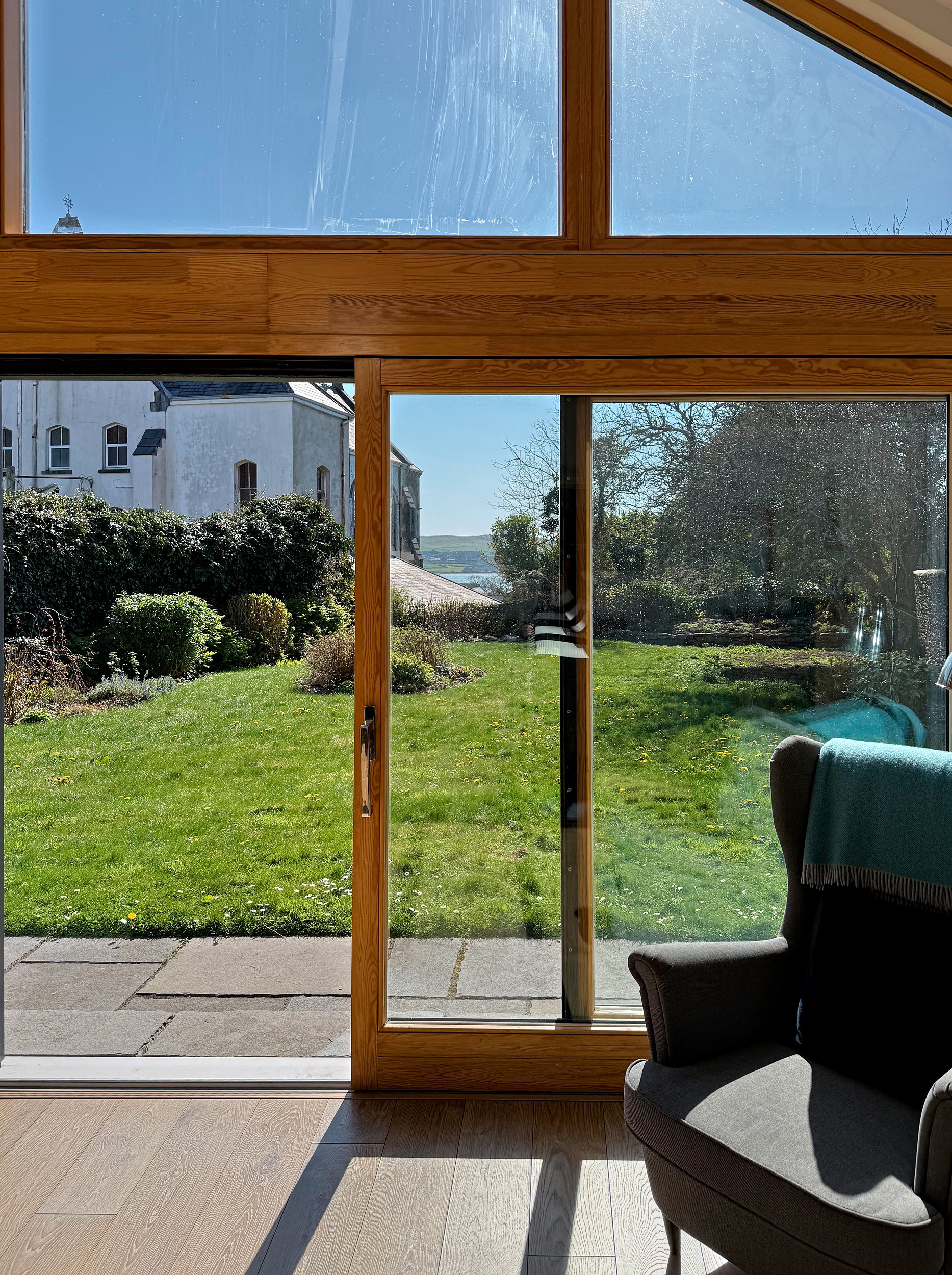
Day 3: Set off for Dingle
After a light hotel breakfast, you can add a morning stop at Blarney Castle if you’d like to check that off your list. If not, swing by Wildflour for some mouthwatering pastries to tide you over during the drive to Dingle.
Wanting to make the most of our time on the peninsula, we took the fastest route and arrived in Dingle just in time for afternoon tea at the Dingle Benners Hotel (book ahead for this one). From there, we were off to explore the Dingle Peninsula on the popular Slea Head Drive route, making stops for iconic vistas at places like Ventry and Dunquin Pier.
Once you’re done driving Ireland’s Wild Atlantic Way, stroll Dingle’s colorful streets and make stops at Murphy’s Ice Cream, The Fish Box, and Kennedy’s Bar before retiring for the night at Dingle Garden Townhouse—the perfect home base for Dingle.
→Further reading: 24 Hours in Dingle, Ireland
—
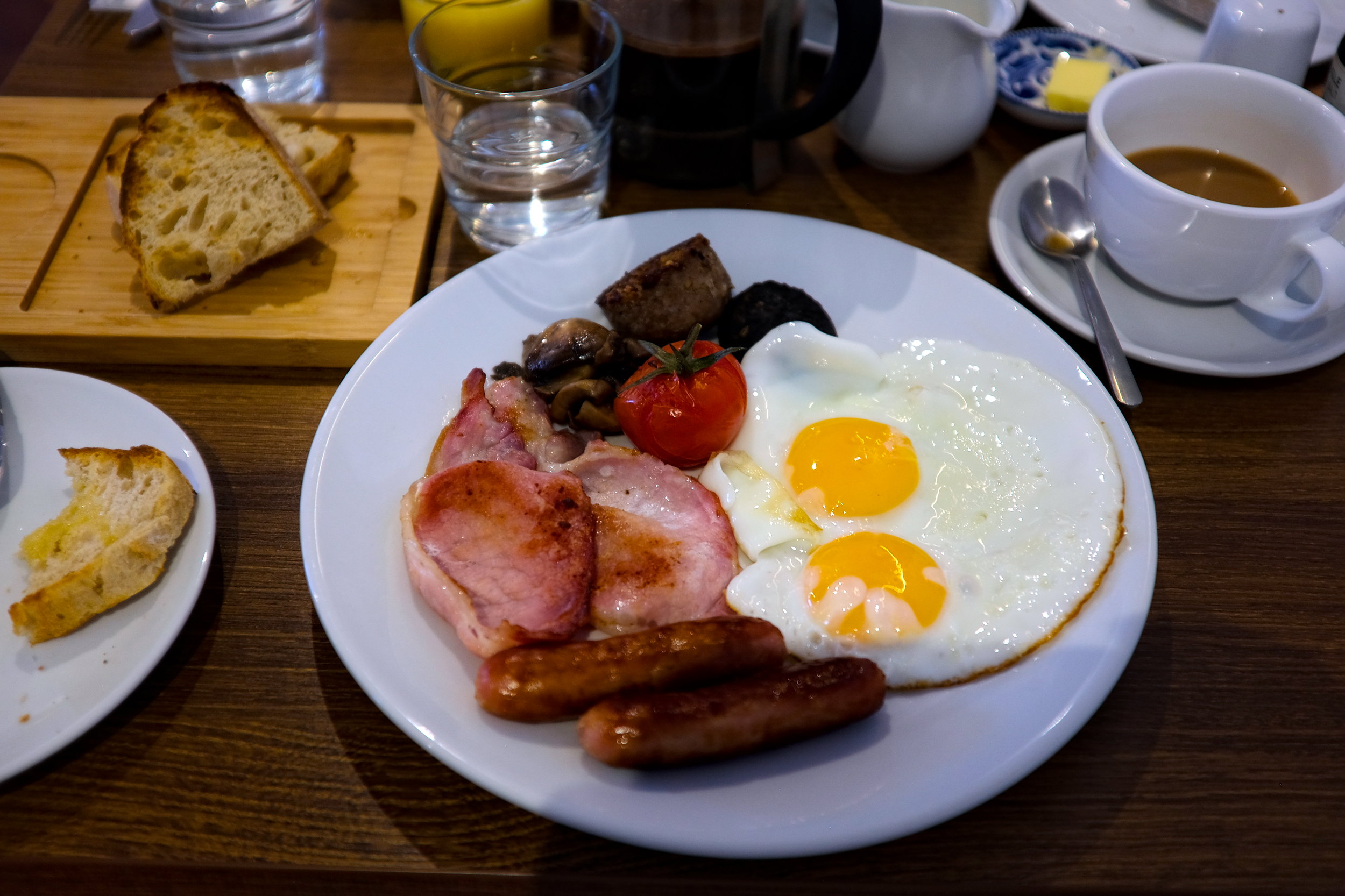
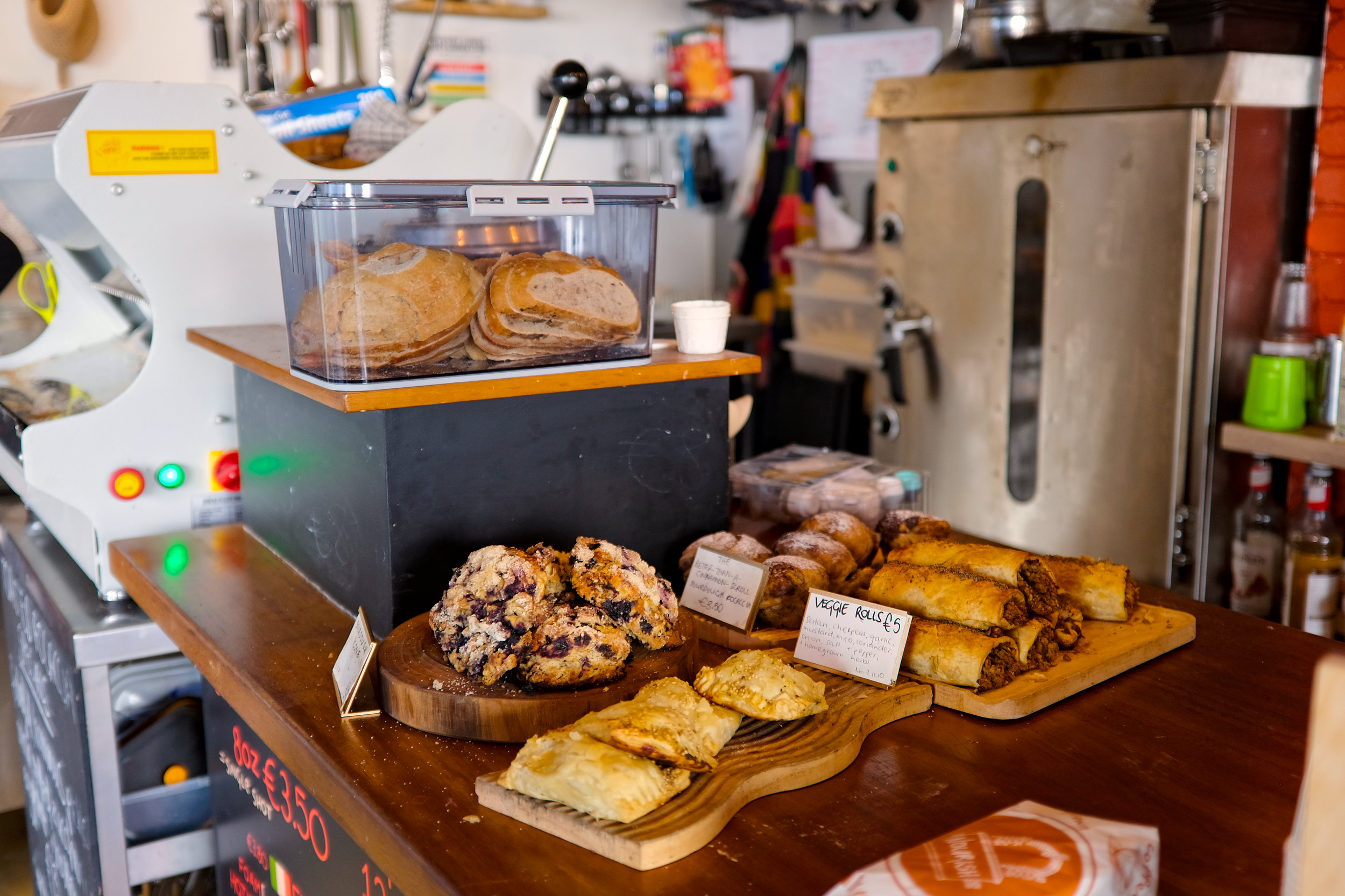

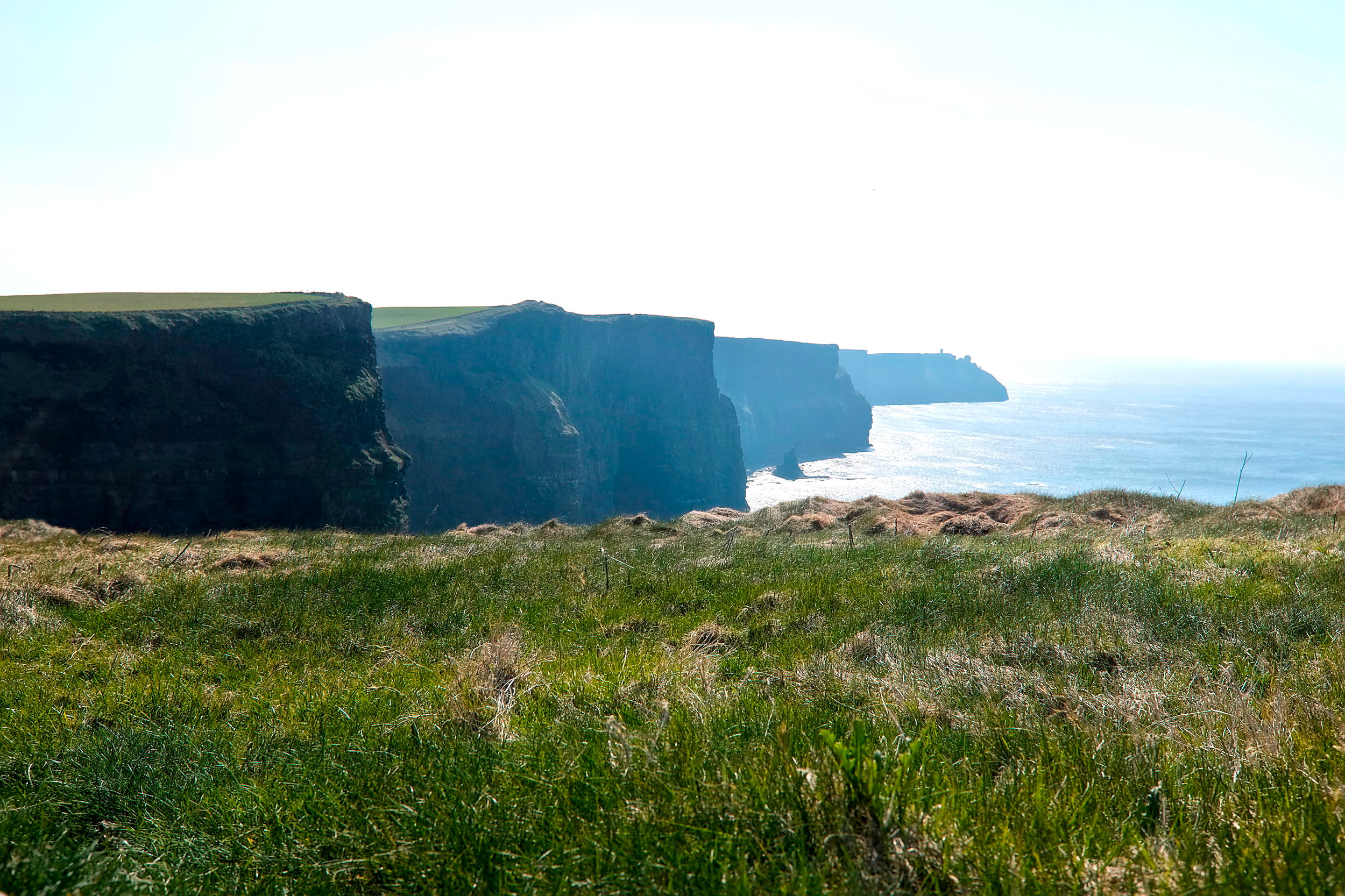
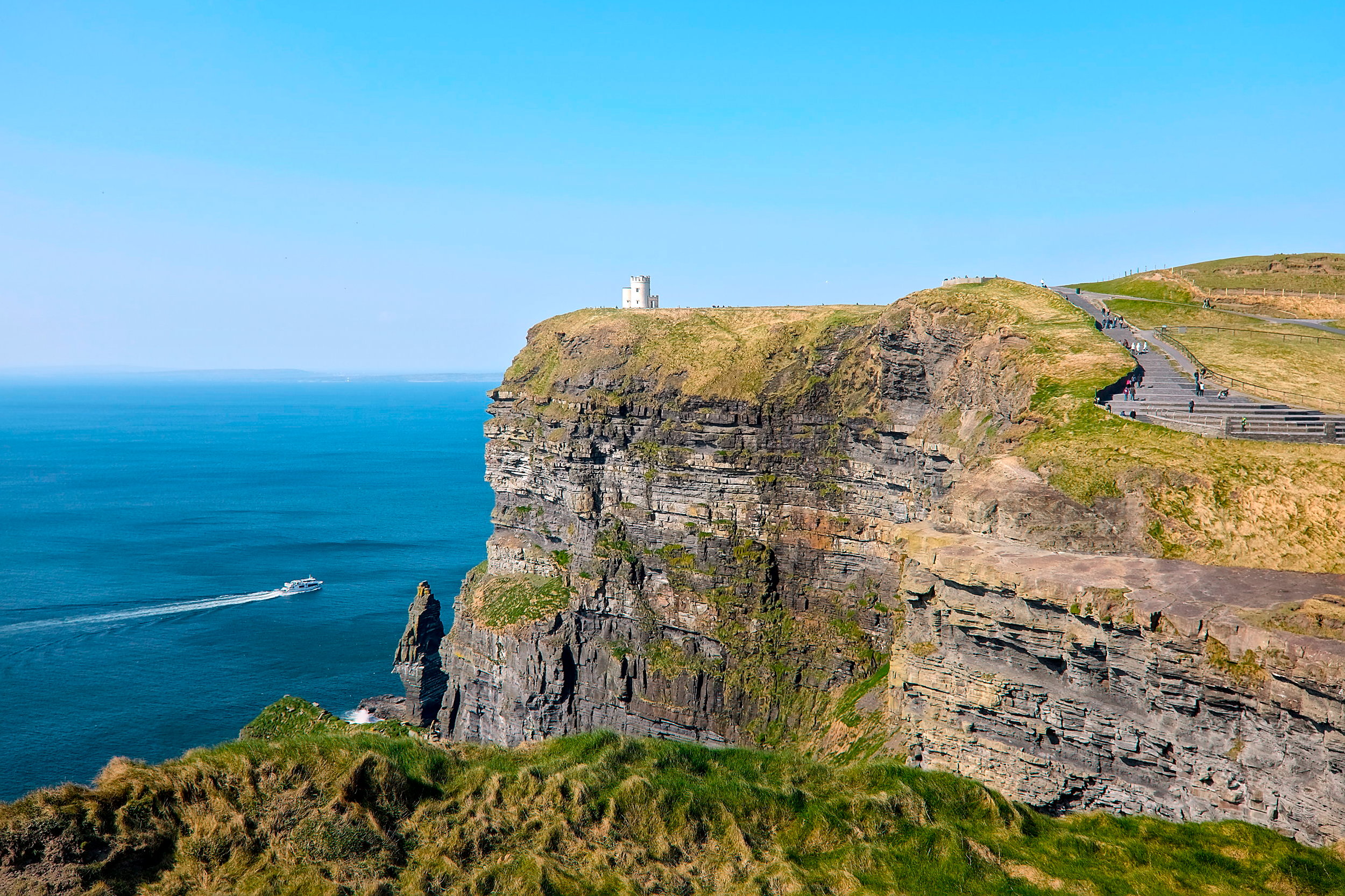
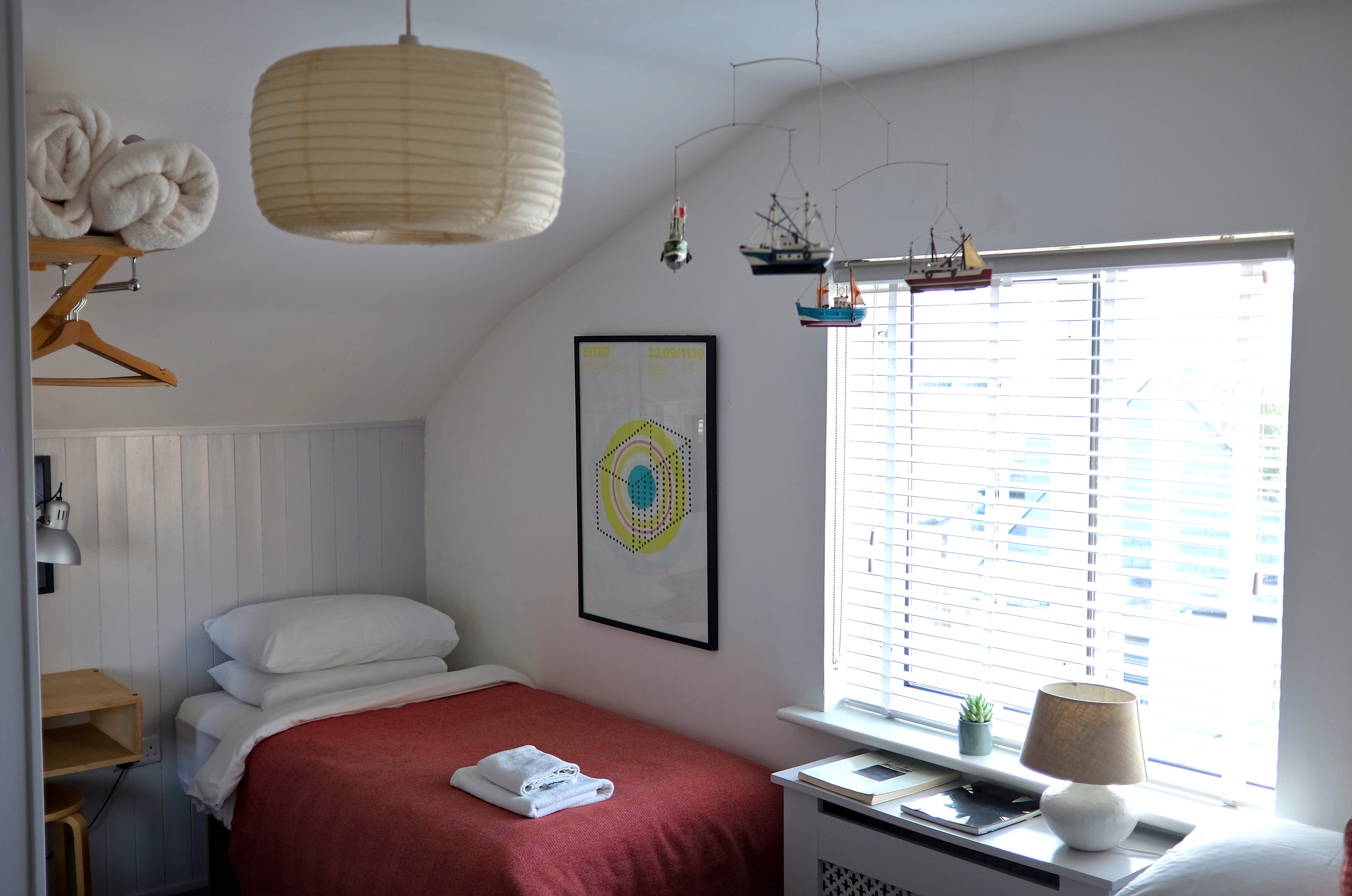
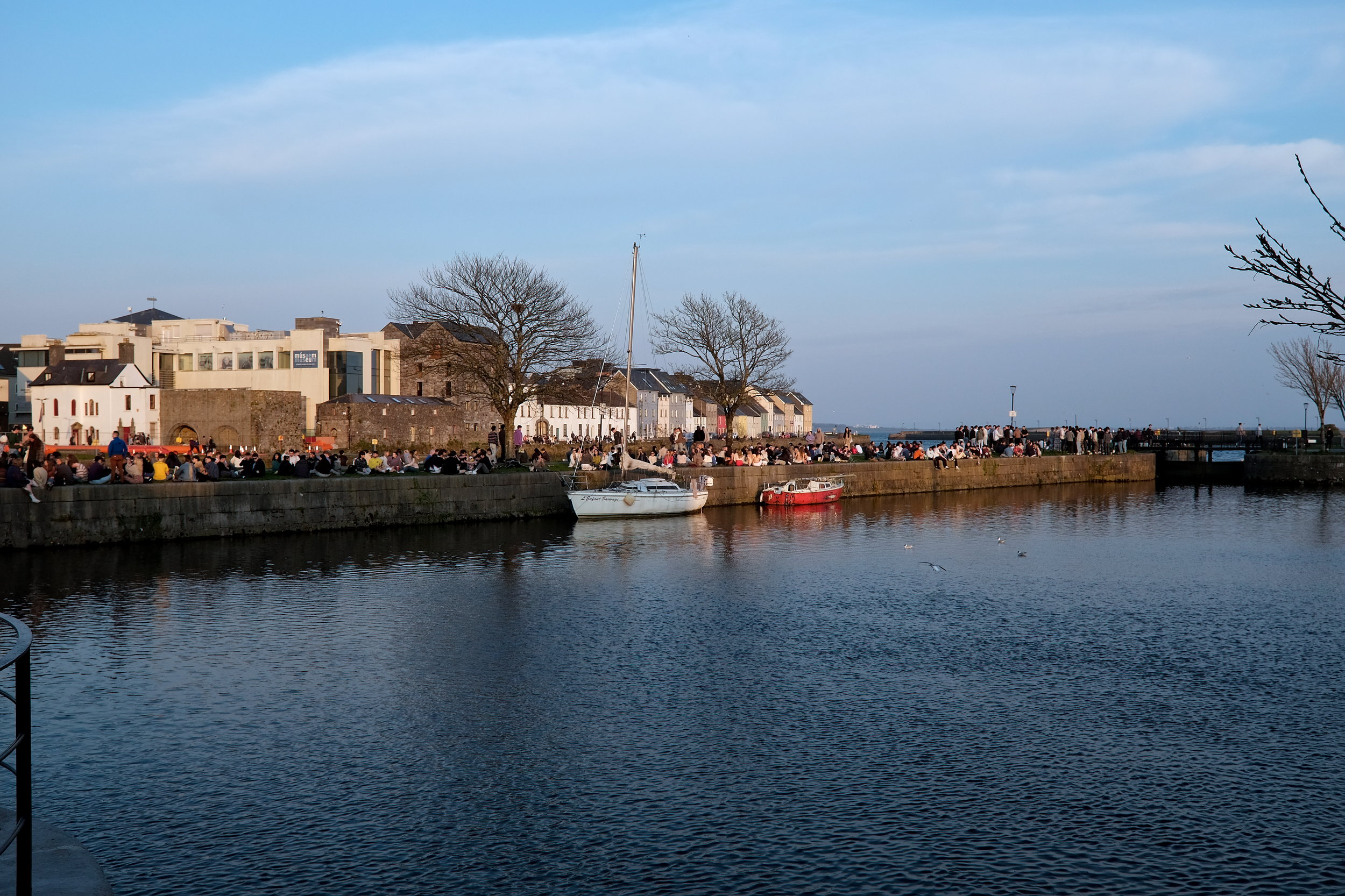
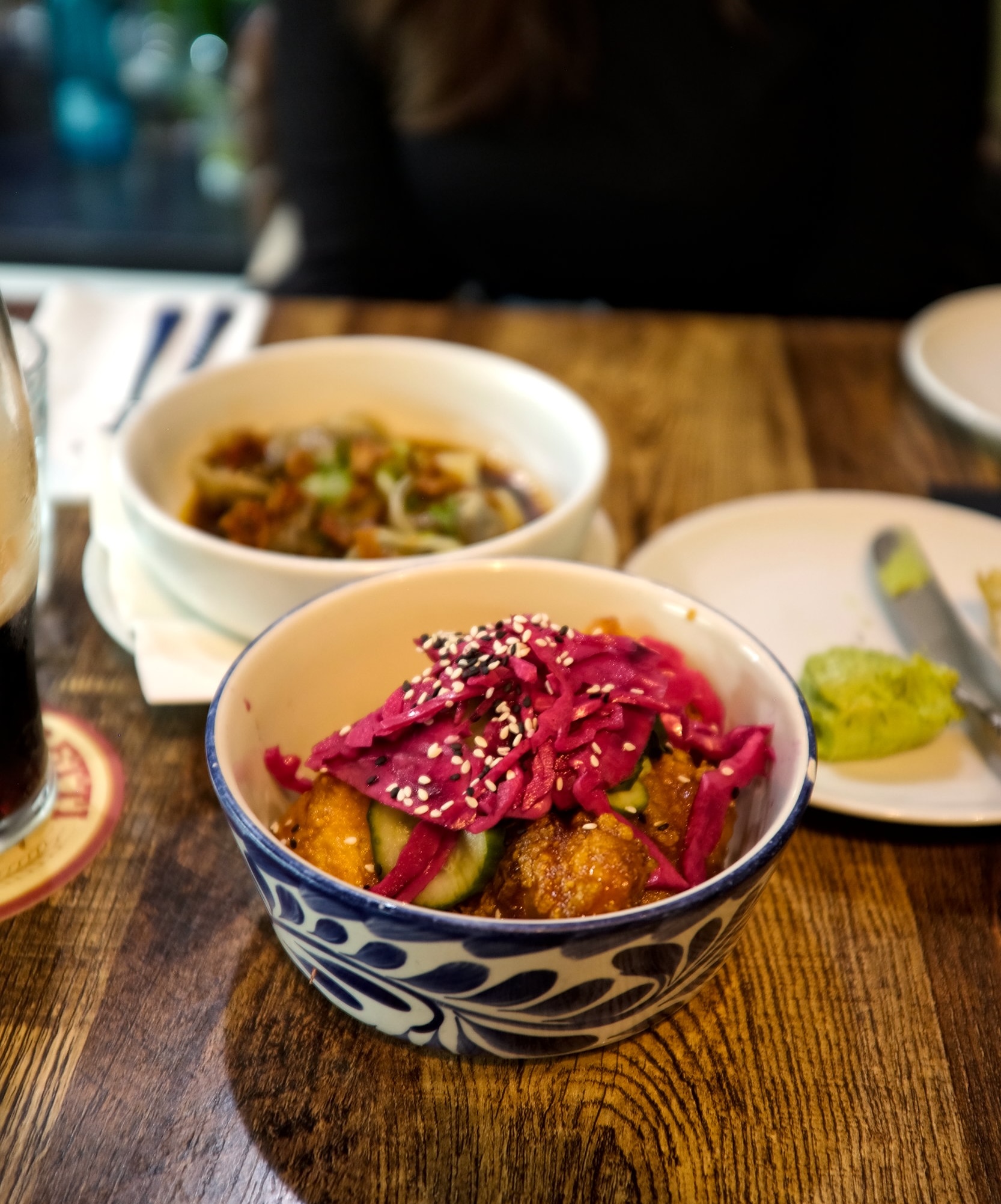
Day 4: Ferry your way to the Cliffs of Moher, and head for Galway
Fuel up with a hearty breakfast at Dingle Garden Townhouse before grabbing takeaway sandwiches from Nourish Café for the road. It’s time to say goodbye to Dingle and drive to Tarbert to catch the ferry to Killimer. Try to time your arrival close to departure—depending on the season, the wait for the next ferry could be up to an hour.
Once across, set your sights on the Cliffs of Moher. Order tickets online ahead of time to save up to 45%—or pay at the gate if you’re unsure of timing. After parking, cross the road and head up to the overlooks. The southern viewpoints are often considered the best, though they were closed during our visit (check the latest trail status here). Still, it’s hard to complain when you’re standing above views like the ones above.
When you’re ready, continue on to Galway. We stayed at The Stop, which has free parking and is perfectly located for exploring this very walkable city. If the weather’s nice, grab drinks from an off licence and head to the Claddagh Basin—it’s a favorite local hangout for a reason.
For dinner, don’t miss Rúibín Bar & Restaurant. Downstairs serves up small plates and cocktails, while the upstairs dining room offers a more refined menu (reservations recommended). Wrap up the night with a drink at Tigín and see if there are any of those heavenly homemade cookies left at the B&B before calling it a night.
→Further reading: A Review of The Stop B&B in Galway
—
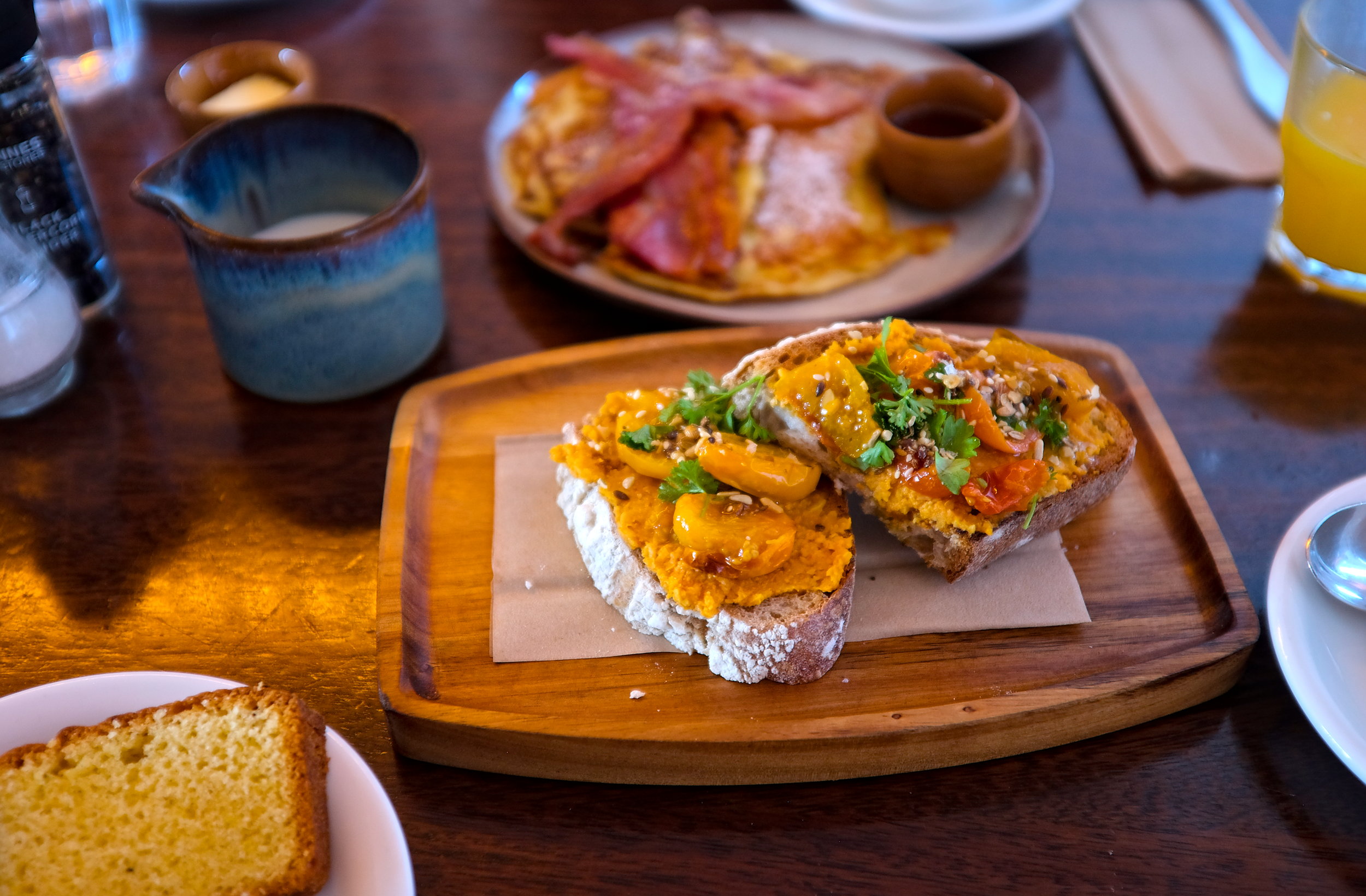
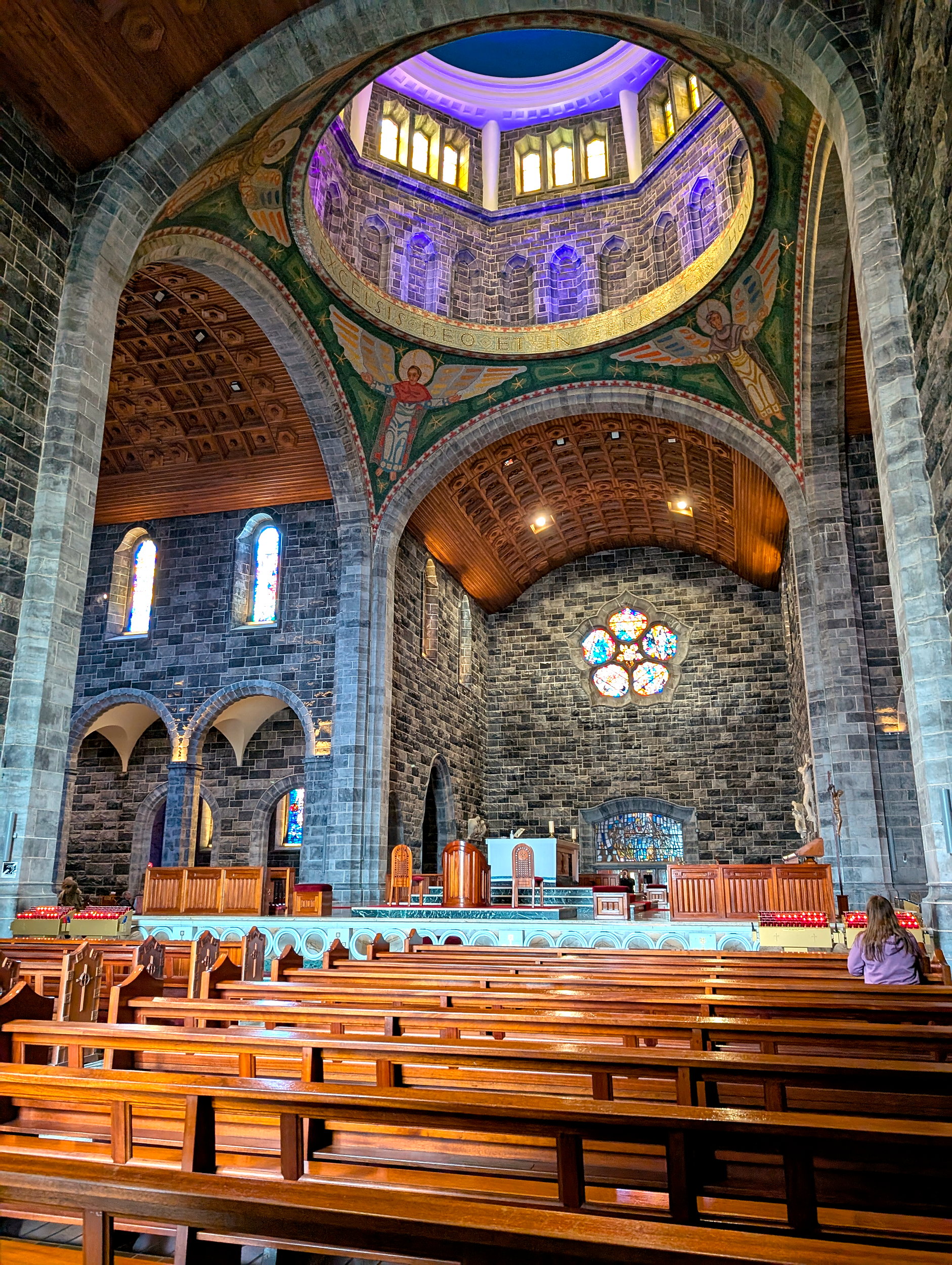
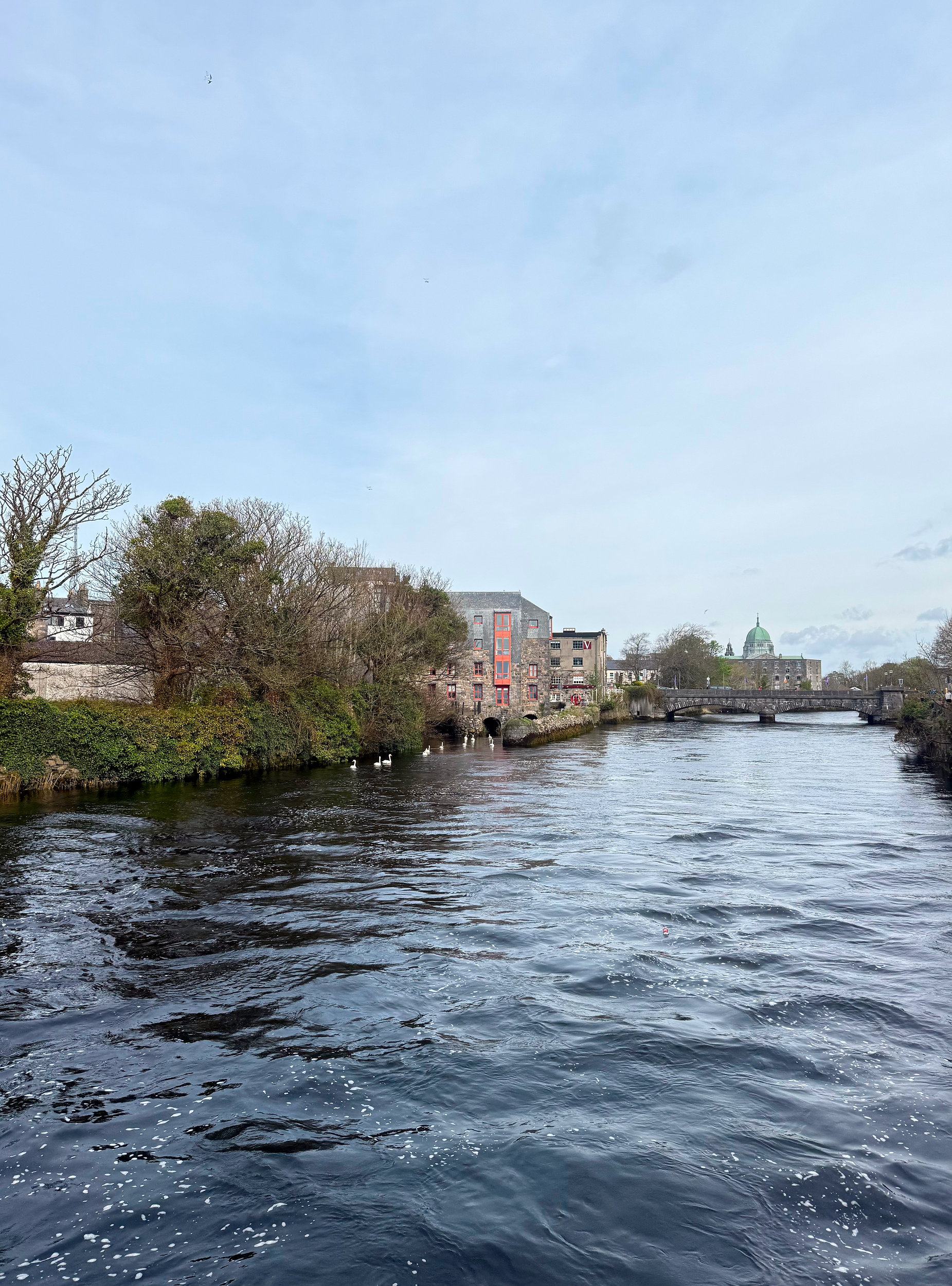

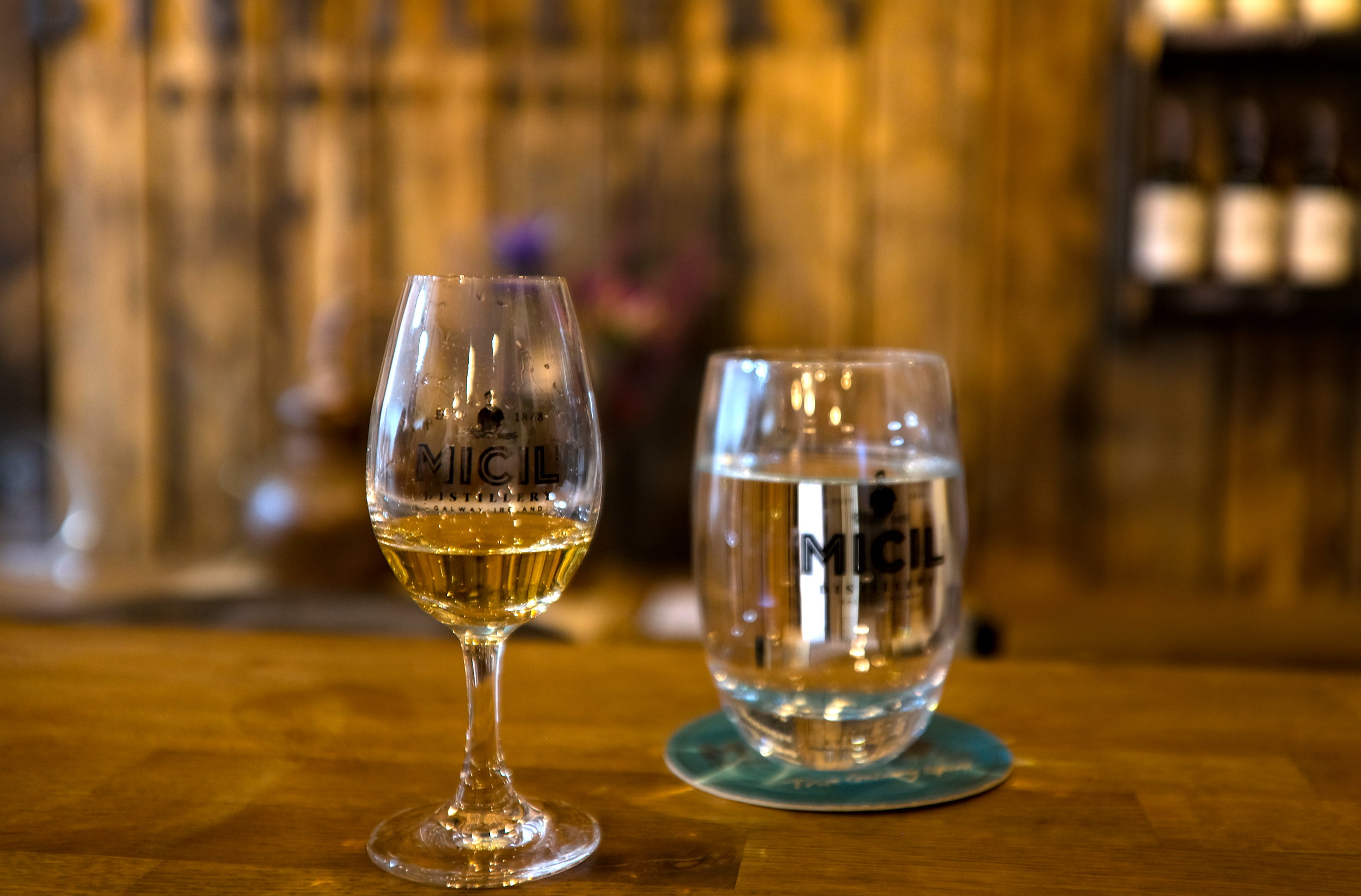
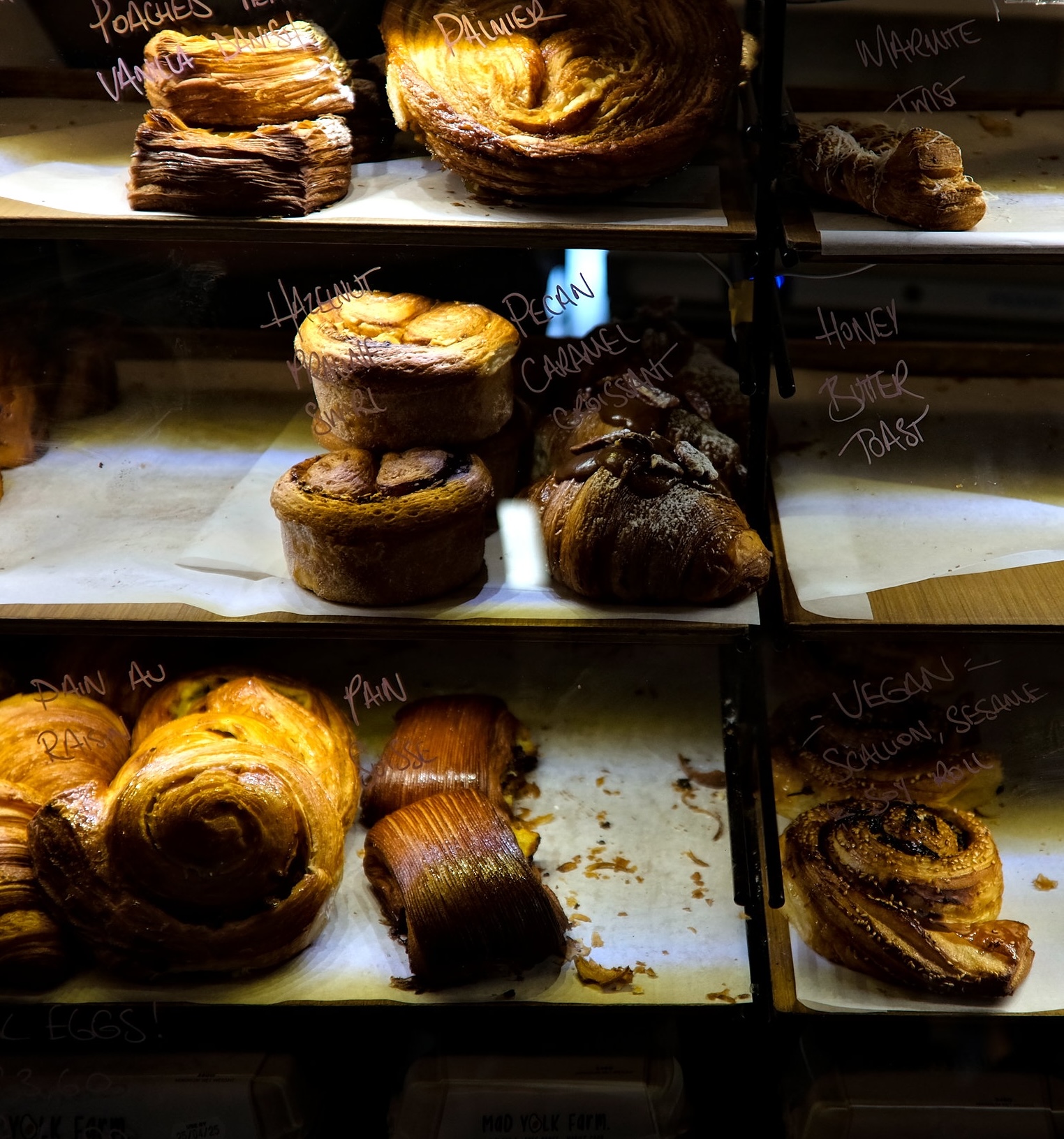
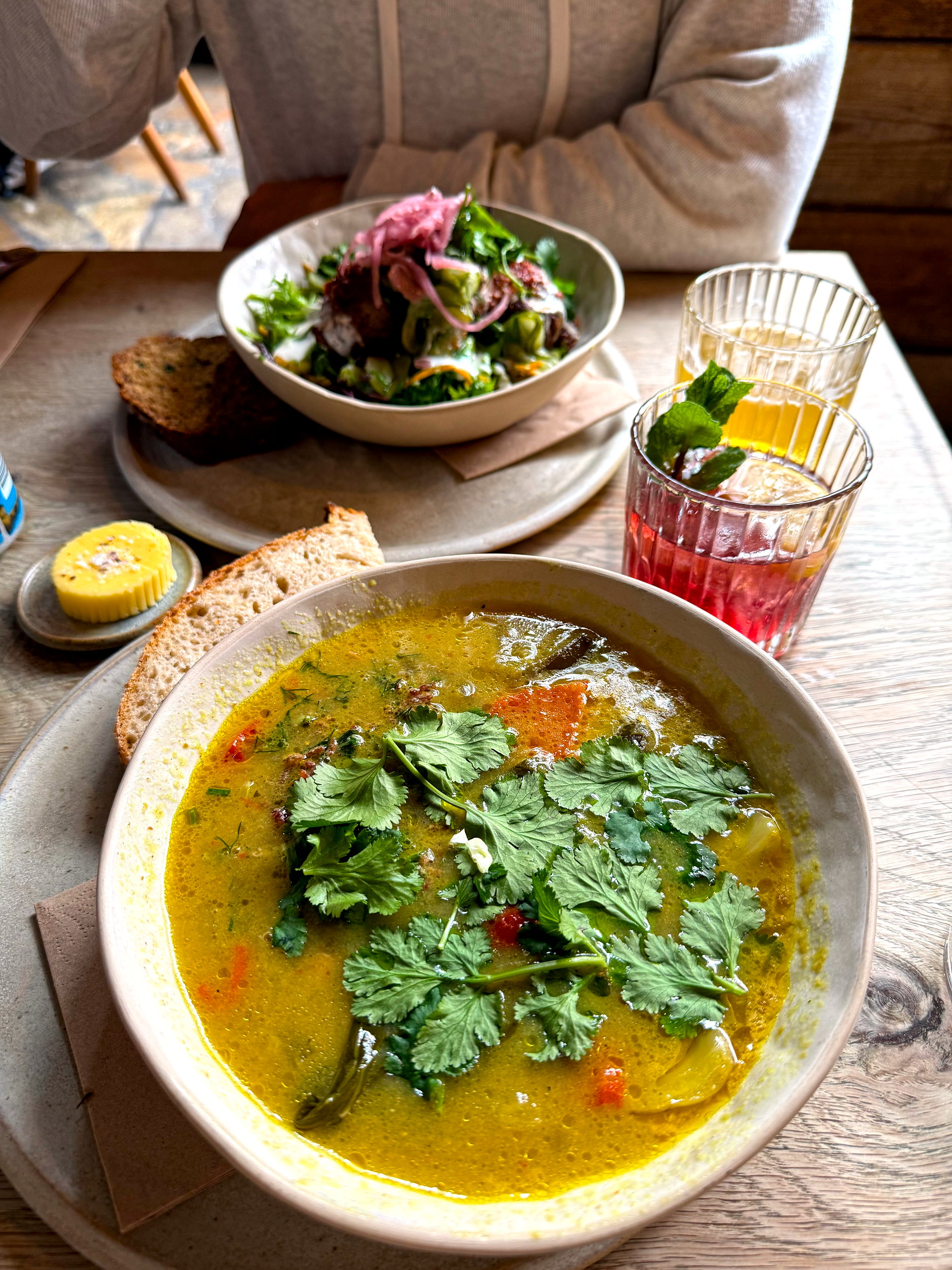
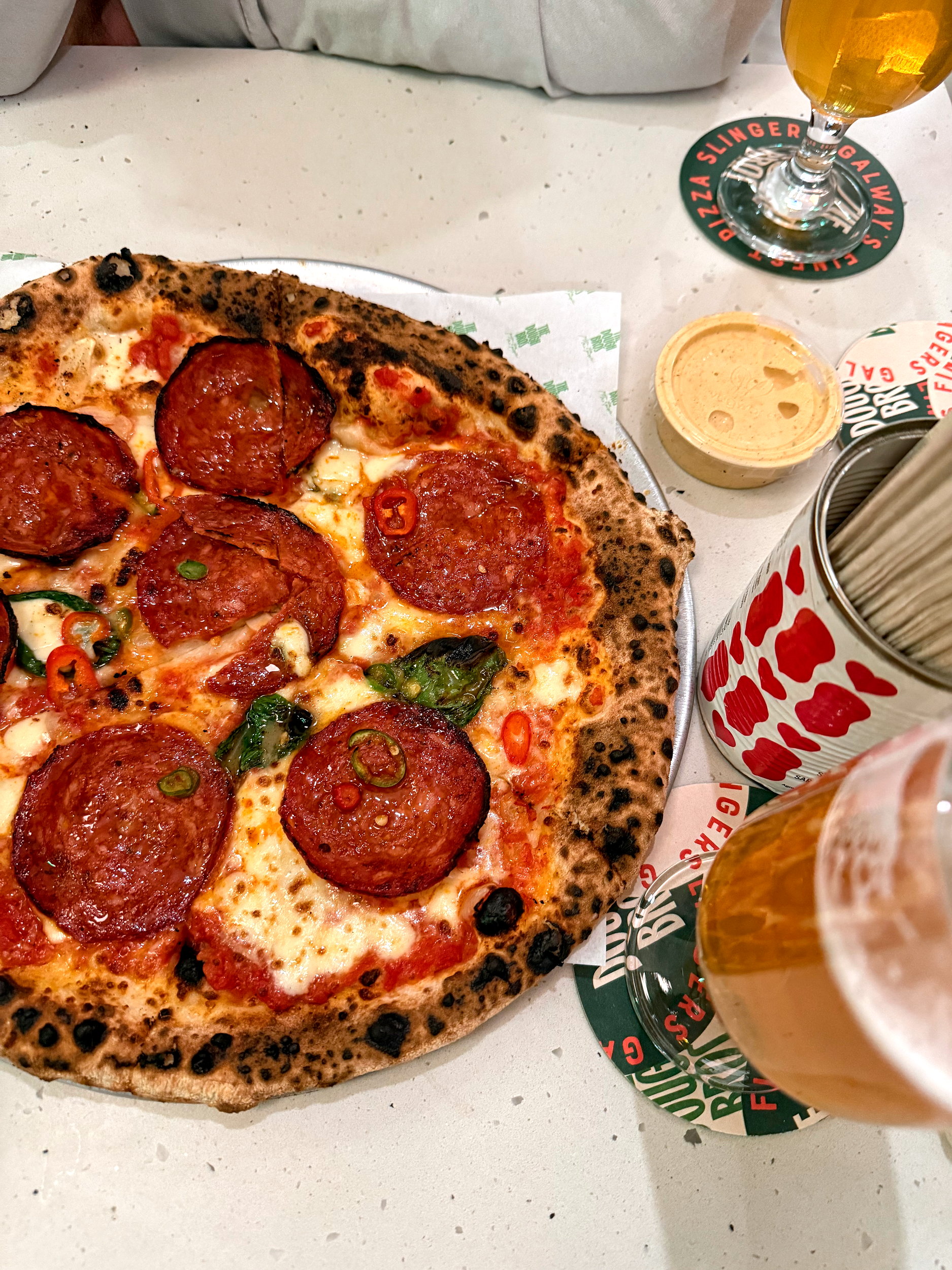
Day 5: Spend a full day exploring Galway on foot
Isn’t it kind of nice to take a break from the car? Galway is incredibly walkable, and after a phenomenal breakfast at The Stop, it’s time to get out and explore more of this vibrant city. Meander along the canals, birdwatch by the water, peek into Galway Cathedral, and admire the most iconic building on the University of Galway’s campus.
Once you’ve worked up an appetite, hopefully the line at Magpie Bakery has thinned out. Pick up more pastries than you think you’ll need—you’ll find a way to finish them, promise. While you’re in the area, grab a new read at Charlie Byrne’s Bookshop, shop fun cards at Outset Design, find a scent to remember your trip by at Cloon Keen, and refuel at Coffeewerk + Press.
Lunch at Kai is, in my opinion, non-negotiable. It’s slightly more approachable in price during lunch than dinner, and wonderfully laid-back. But while I can tell you that you need to go, I can’t predict what’ll be on the menu—everything changes with the seasons. Just know it’ll be good. And don’t skip dessert.
Post-lunch is a great time to head to Micil Distillery, Galway’s only working distillery. They produce whiskey, gin, and poitín (you might consider it moonshine’s Irish cousin), and their tours are as educational as they are entertaining. Toast each sip with a “Sláinte Mhaith” (“to good health”), and consider picking up a bottle for the journey home. Just make sure to book your tour in advance.
To walk it all off, take the scenic route back via Salthill Promenade (“The Prom”). When you’re ready for dinner, The Dough Bros has exactly what you’ll need to soak up the day’s tastings. Michael and I shared a pizza, and I’ve craved another every day since.
If you’ve still got some energy left, stop into The Crane Bar or Bierhaus for a nightcap—or call it a night and head “home” for a well-earned rest.
→Further reading: A Weekend Guide to Galway, Ireland
—
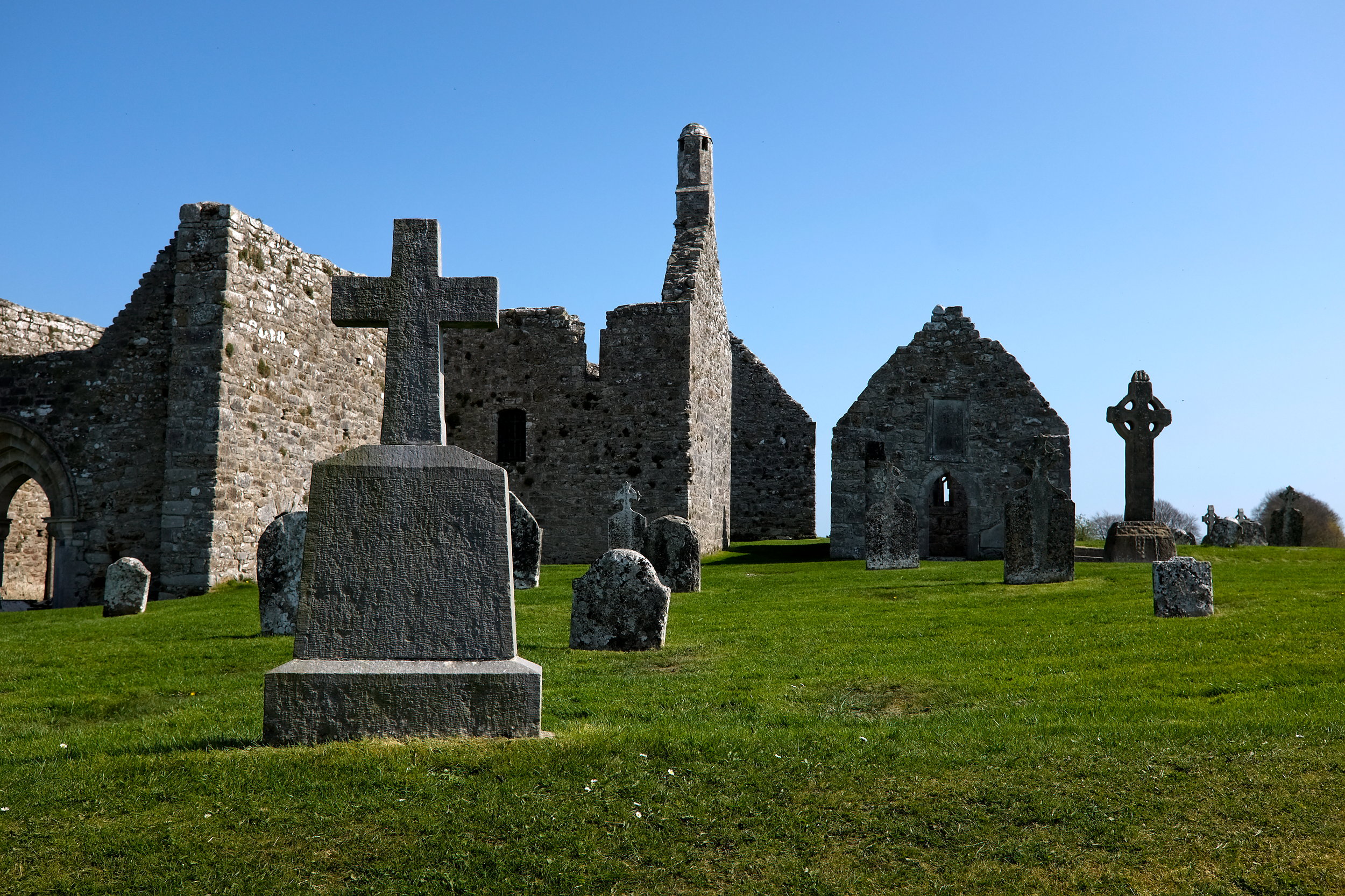
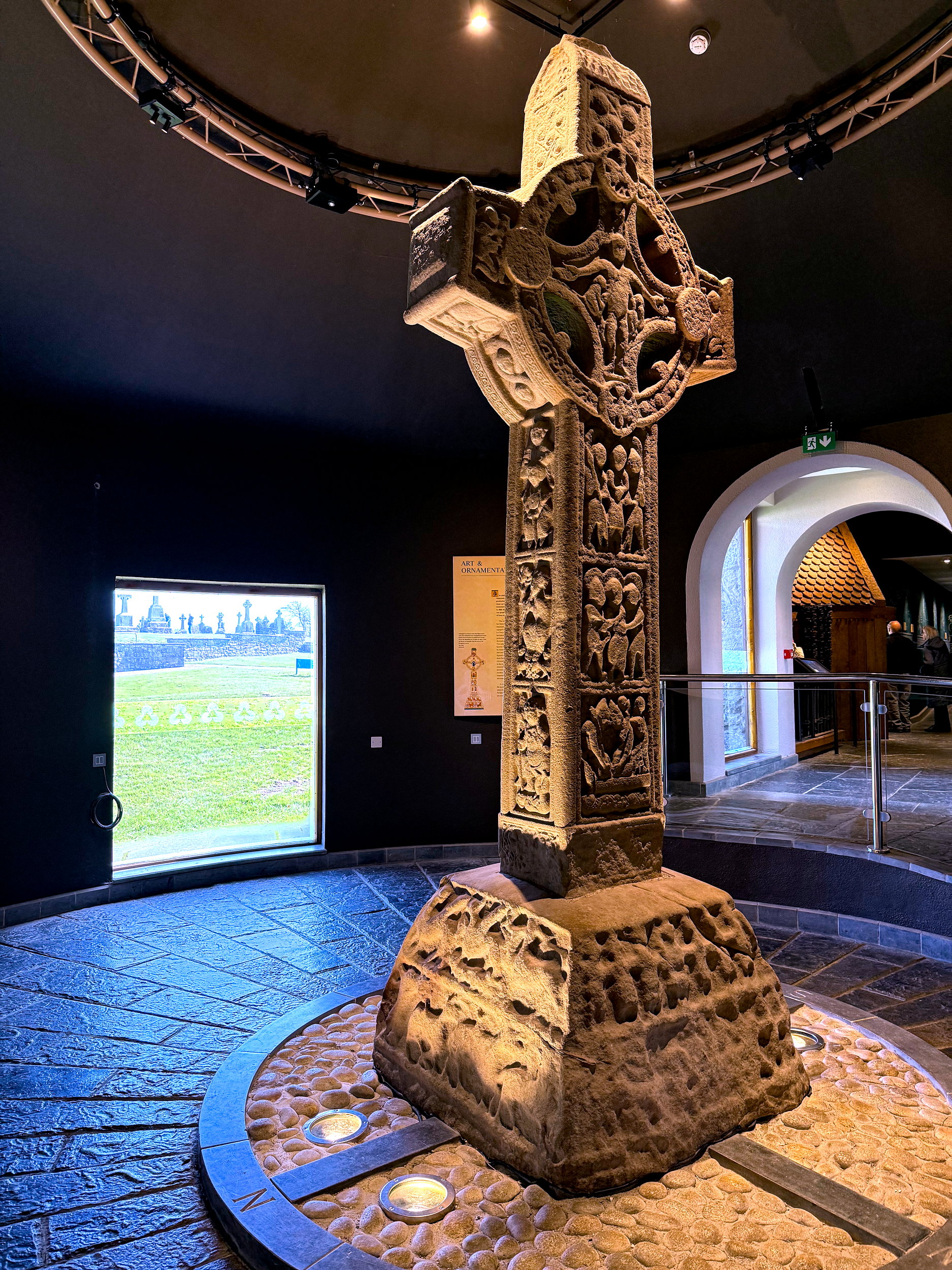
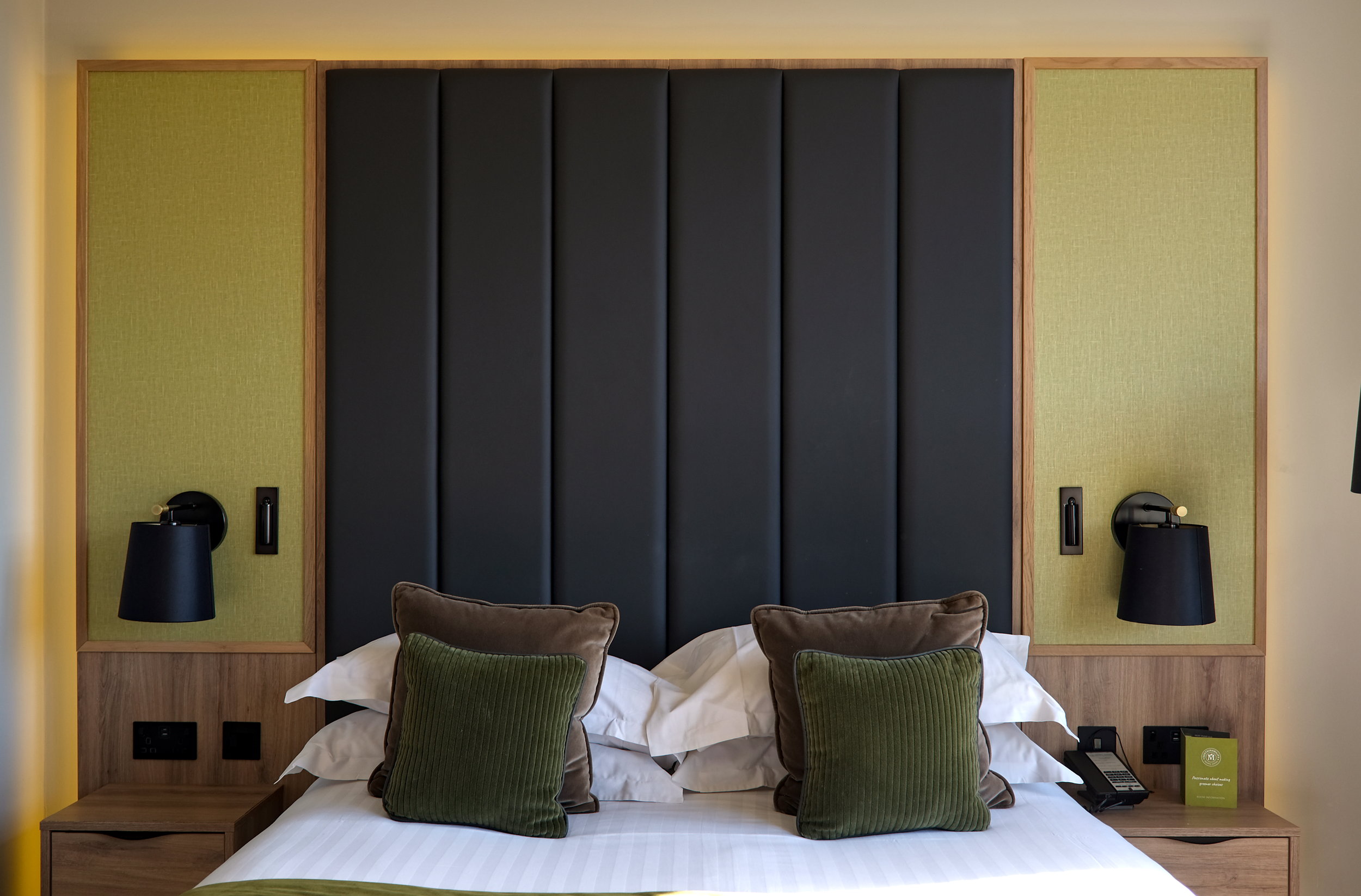
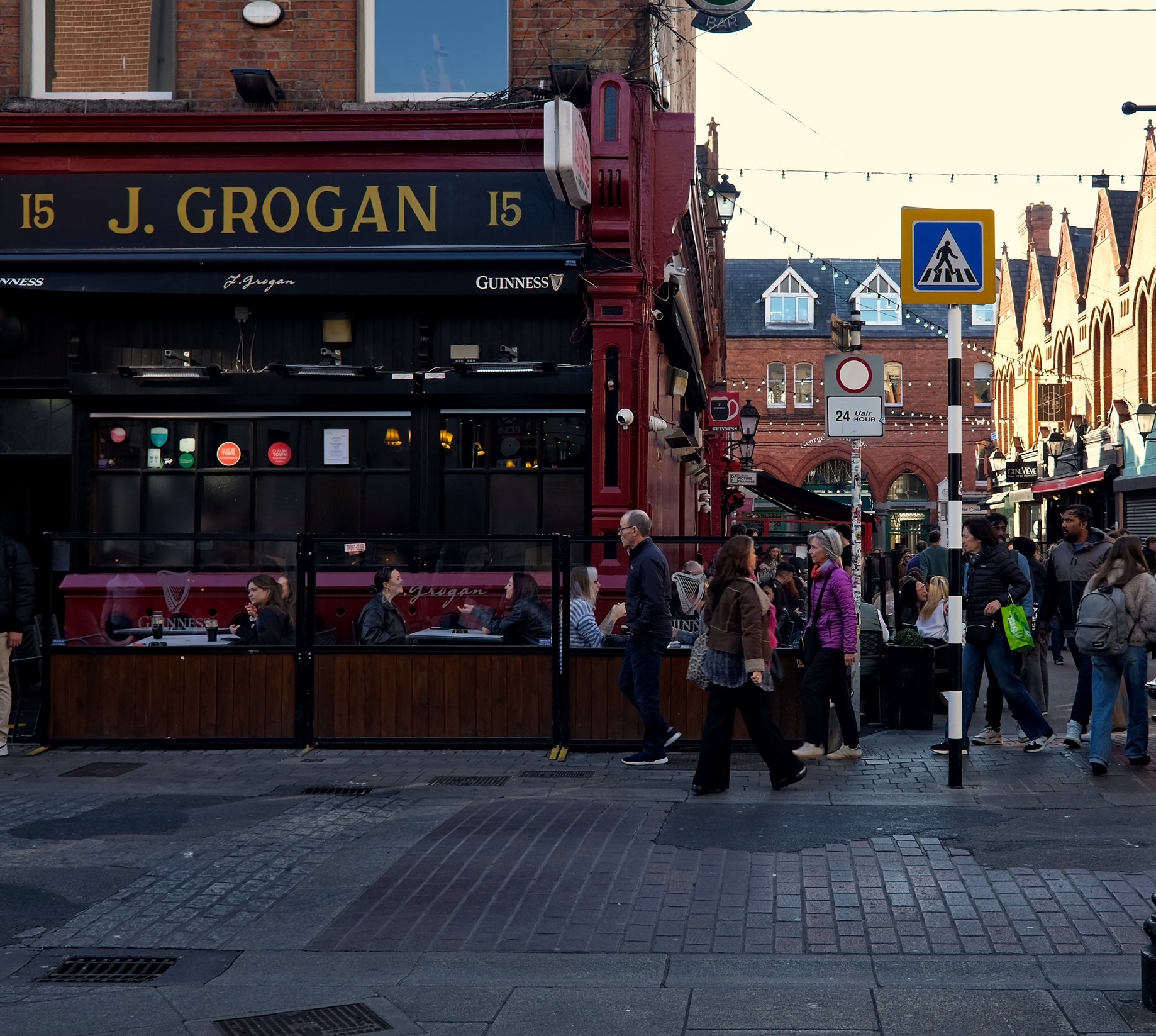
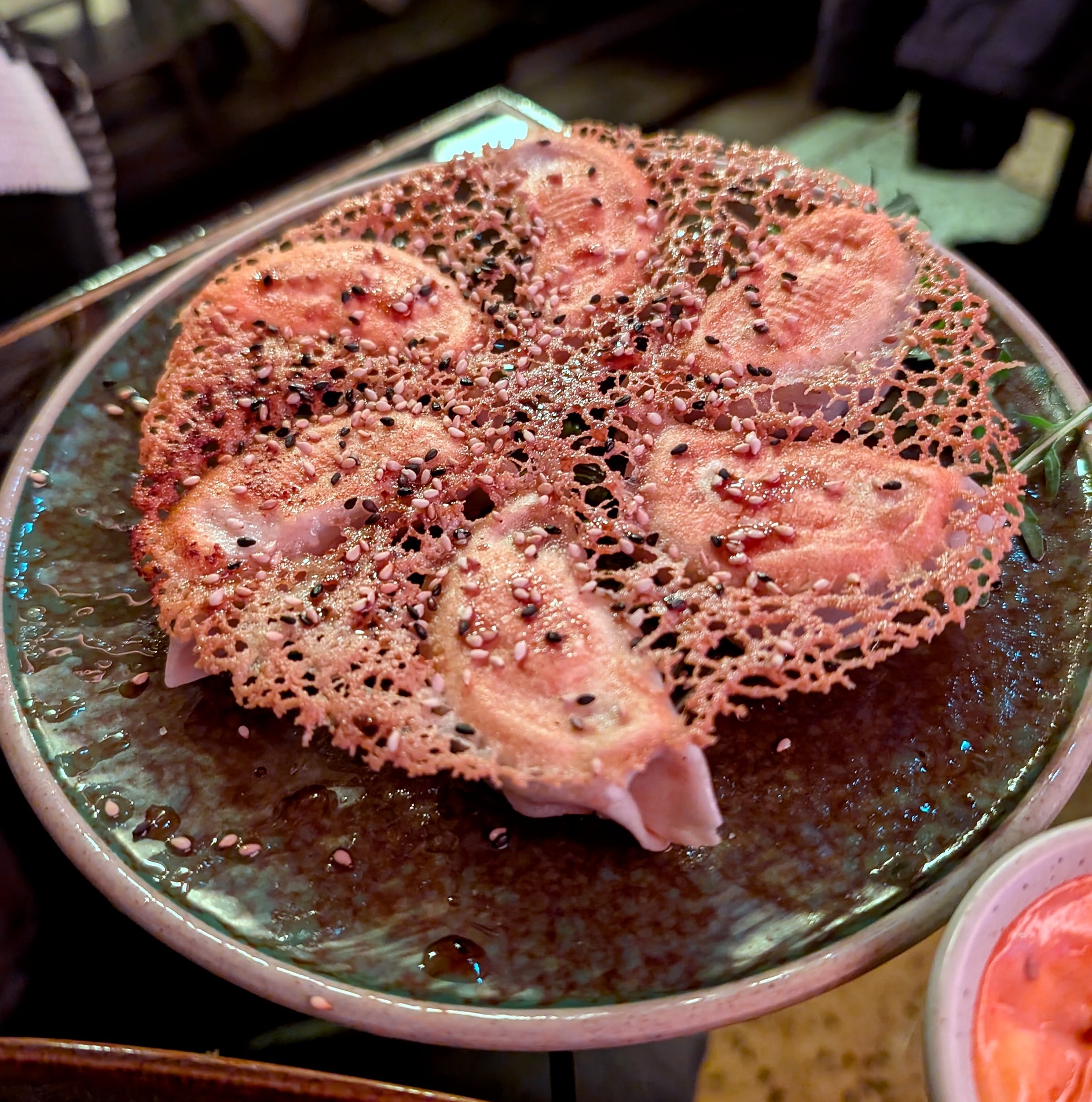
Day 6: Head for Dublin (with a pitstop!)
Fill up on one more excellent breakfast at The Stop—and if you need to make another pastry purchase at Magpie Bakery on your way out of Galway, I completely understand (just know there will probably be a line). While Galway to Dublin is a straight shot, I recommend adding at least one detour to stretch your legs and make the most of your travel day.
We debated a visit to Ireland’s oldest pub or the Tullamore D.E.W. Distillery, but in the interest of staying safe on the road (never drink and drive, friends), we landed on a more peaceful alternative: the Clonmacnoise Monastic Site. It’s just minutes off the highway and offers serenity, beauty, and a tangible sense of Ireland’s deep history. The three ancient high crosses alone are worth the visit, not to mention the ruins and kings buried on-site. Book your tickets in advance.
Afterward, continue to Dublin and return your rental car. We dropped ours off at the airport, but NewWay has a westside Dublin location that might be more convenient depending on where you’re staying. In either case, a taxi is the simplest way to get to my recommended hotel: The Mespil Hotel. Located along the canal in a quieter part of town, it’s a refined stay that often costs far less than hotels in the city center.
Stroll to the city center or hop on a bus if your dogs are barking for an evening of Dublin’s modern culture. Step into pubs like The Long Hall and Grogan’s Castle Lounge for a pint and a good conversation, or simply hang out and people watch. When your hunger starts to settle in, it’s time to head to BIGFAN for a small plates feast. Whenever you’re full from an evening of indulgence, you’d be wise to head to bed.
—

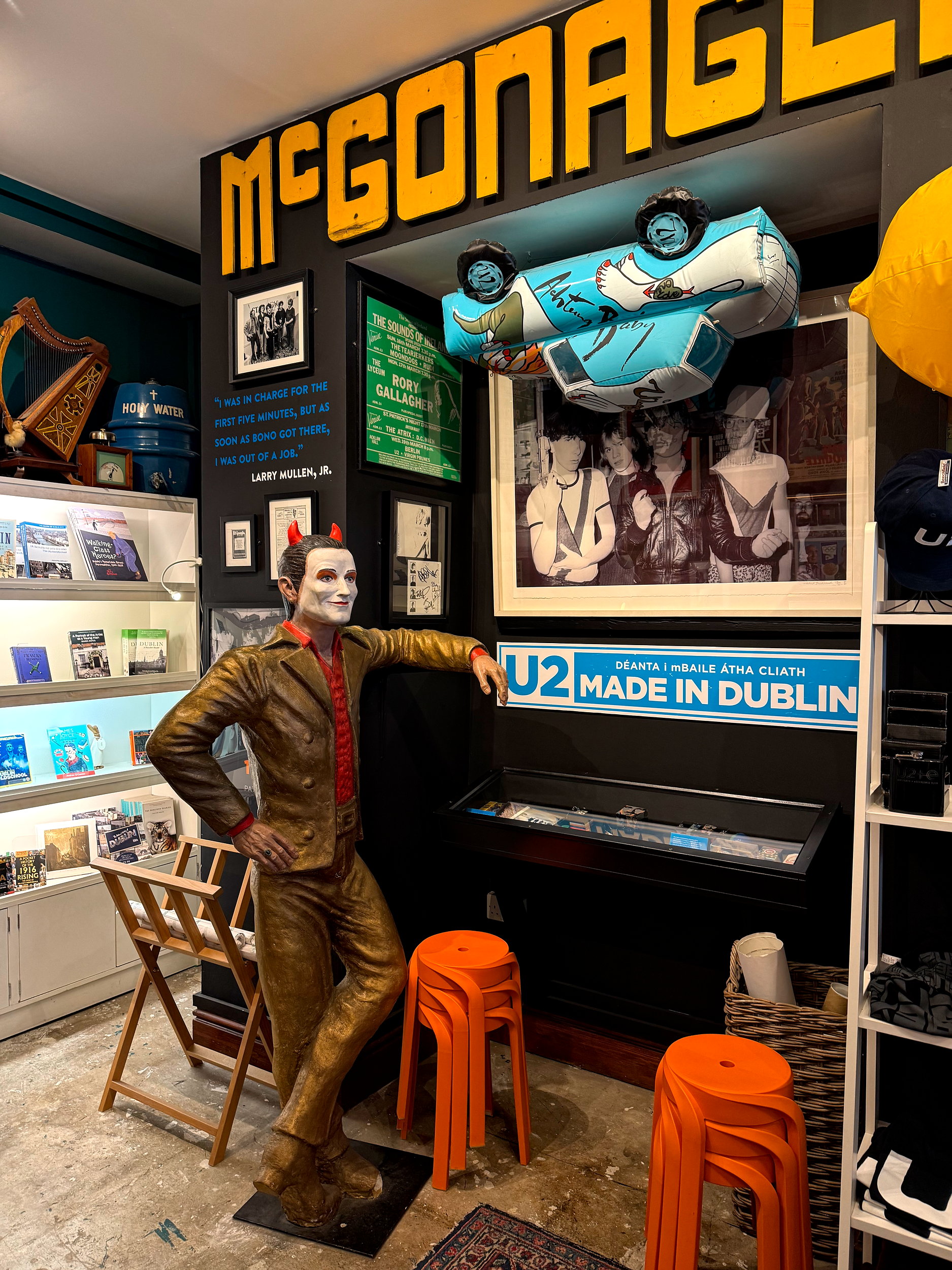

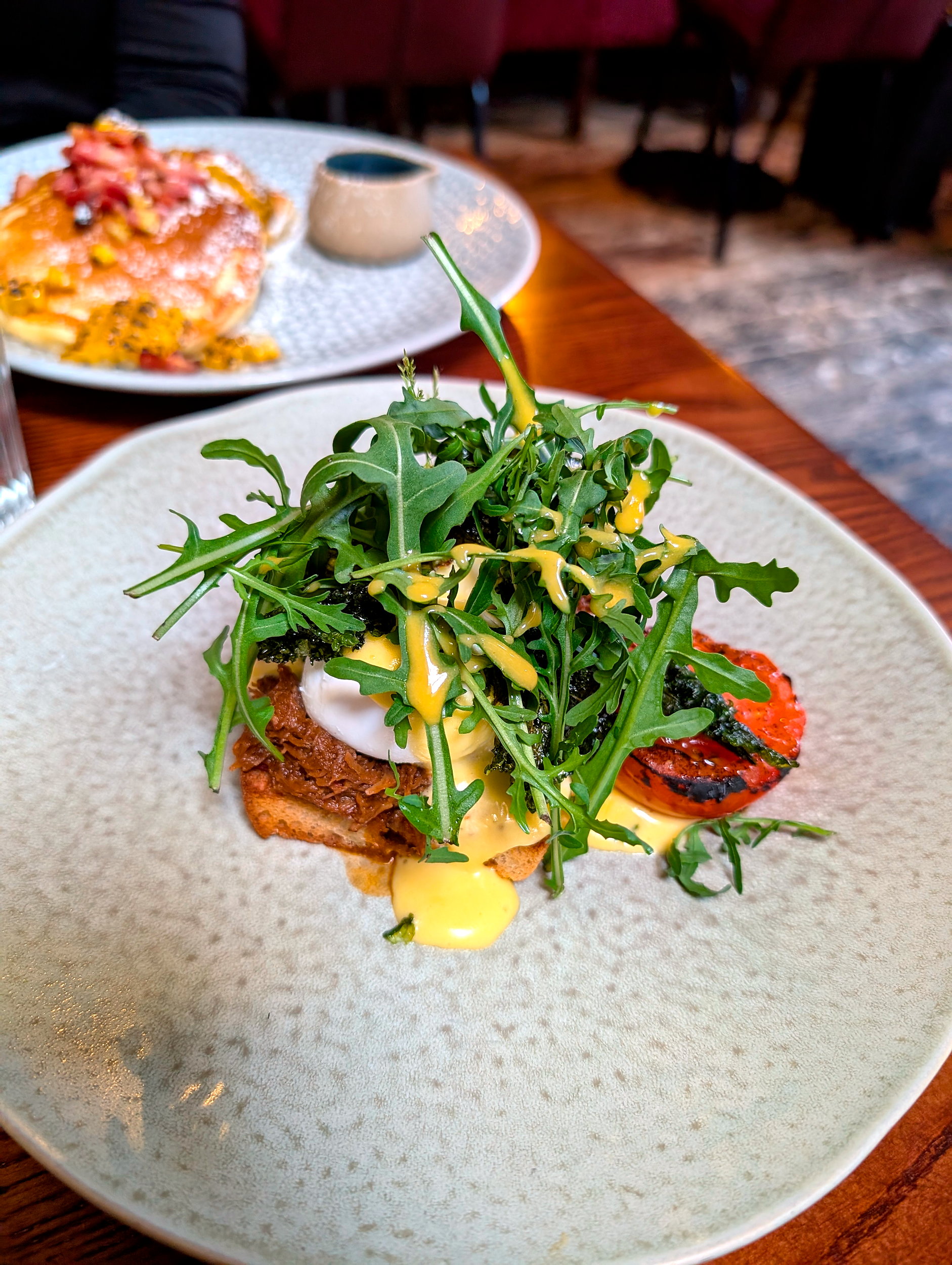
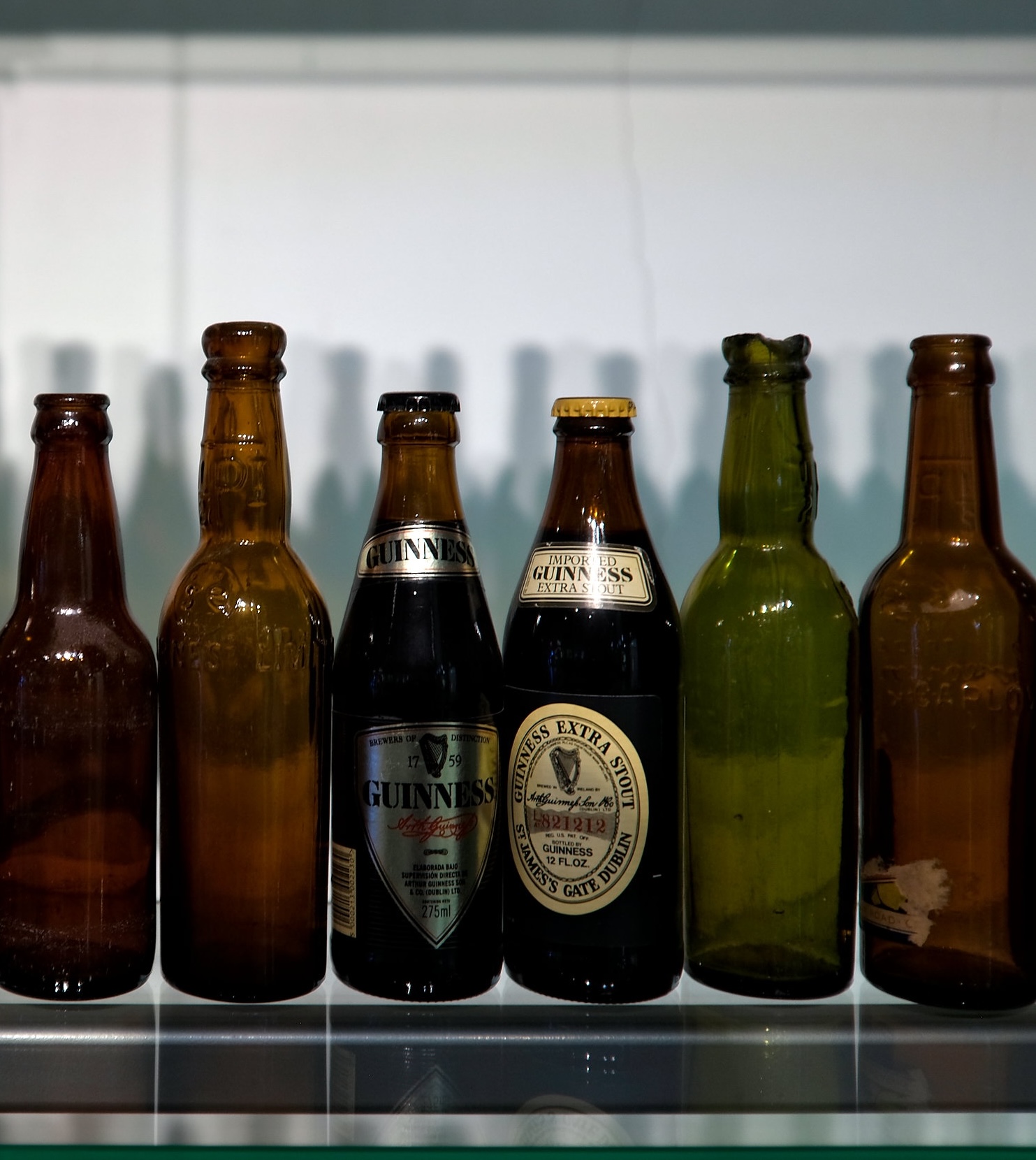
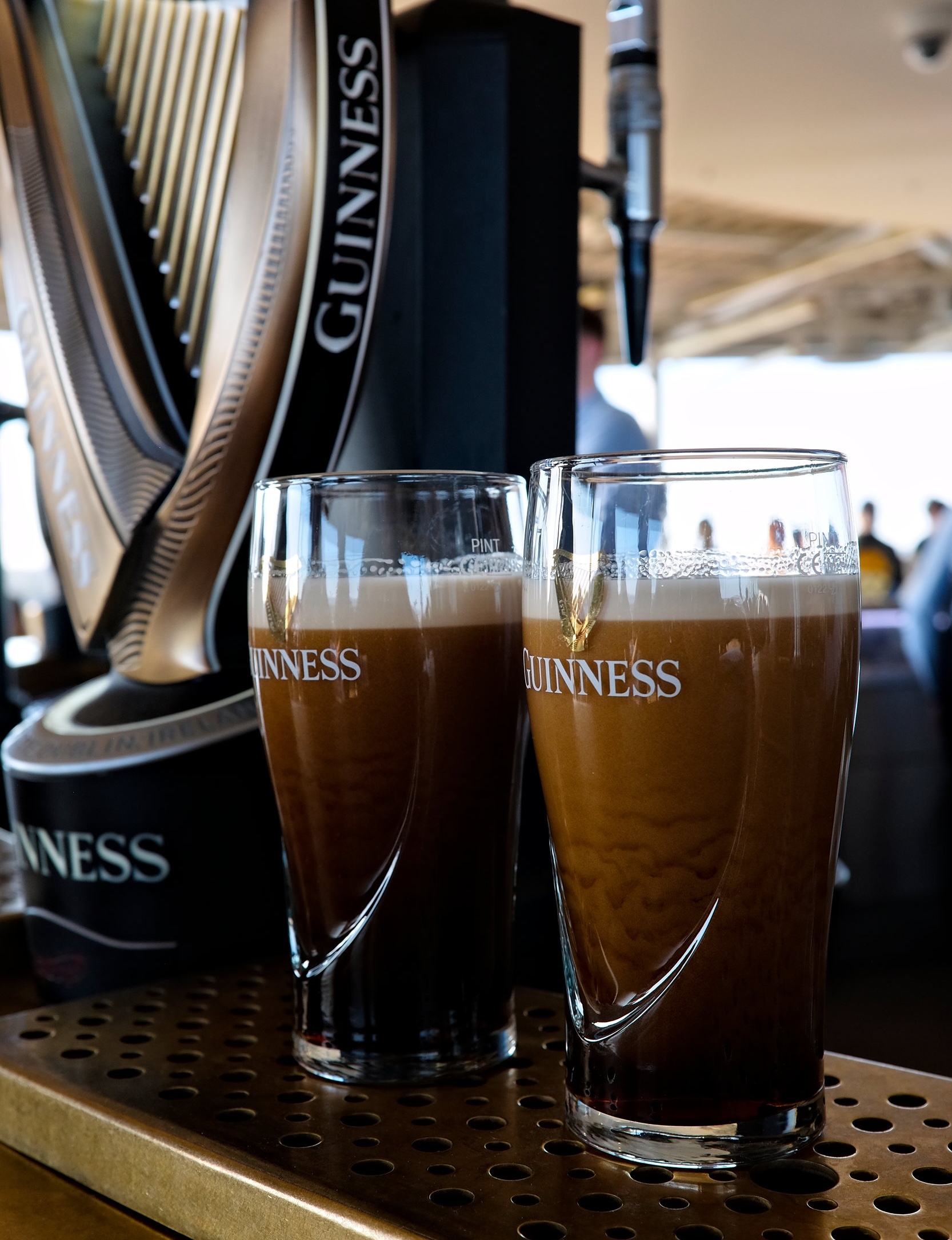
Day 7: Dive deeper into Dublin
While I didn’t add on the breakfast buffet at the Mespil Hotel because I was still full from the night before, it does look quite delicious and I suspect it would be a great way to start the day in Dublin. Instead, we headed for One Kinda Folk for a coffee and light bite.
I can’t recommend anyone leave Dublin without a tour at The Little Museum of Dublin. This pint-sized museum tells the story of the capital city in just 29 exhilarating minutes, from the Dark Ages all the way to the present. I think it’s safe to say it’s a travel experience you won’t forget.
If your full day in Dublin falls on a Sunday, you’ll want to make a beeline for brunch at Richmond. Michelin’s Bib Gourmand awards are my favorite category of all, because they’re nearly always such a great value for an exceptional meal. With dishes like the ones above, it’s easy to see why Richmond has one.
Now it’s time to meander a little, strolling along the riverfront, lingering on St. Stephen’s Green, walking the grounds at Trinity College, or popping into St Patrick’s Cathedral—the choice is yours. Whatever you do, just make sure you’re not late to Ireland’s most visited attraction because you’ll want to soak up every sip.
Even if you aren’t a fan of Guinness, I still think a visit to the Guinness Storehouse is a worthy addition to any Dublin itinerary as it is more or less woven into the city’s soul. Beyond the history, you’ll learn about each of the four ingredients that go into the ruby red stout and how they combine to create one of the world’s most iconic beers. Once you’ve toured every floor it’s time to head up to the Gravity Bar for a pint while looking out over Dublin below.
After your tour, you’d be wise to visit Loose Canon Cheese and Wine for an impeccable toastie before making any final pub stops on your way back to the hotel to pack your things.
→Further reading: How to Spend a Weekend in Dublin
—
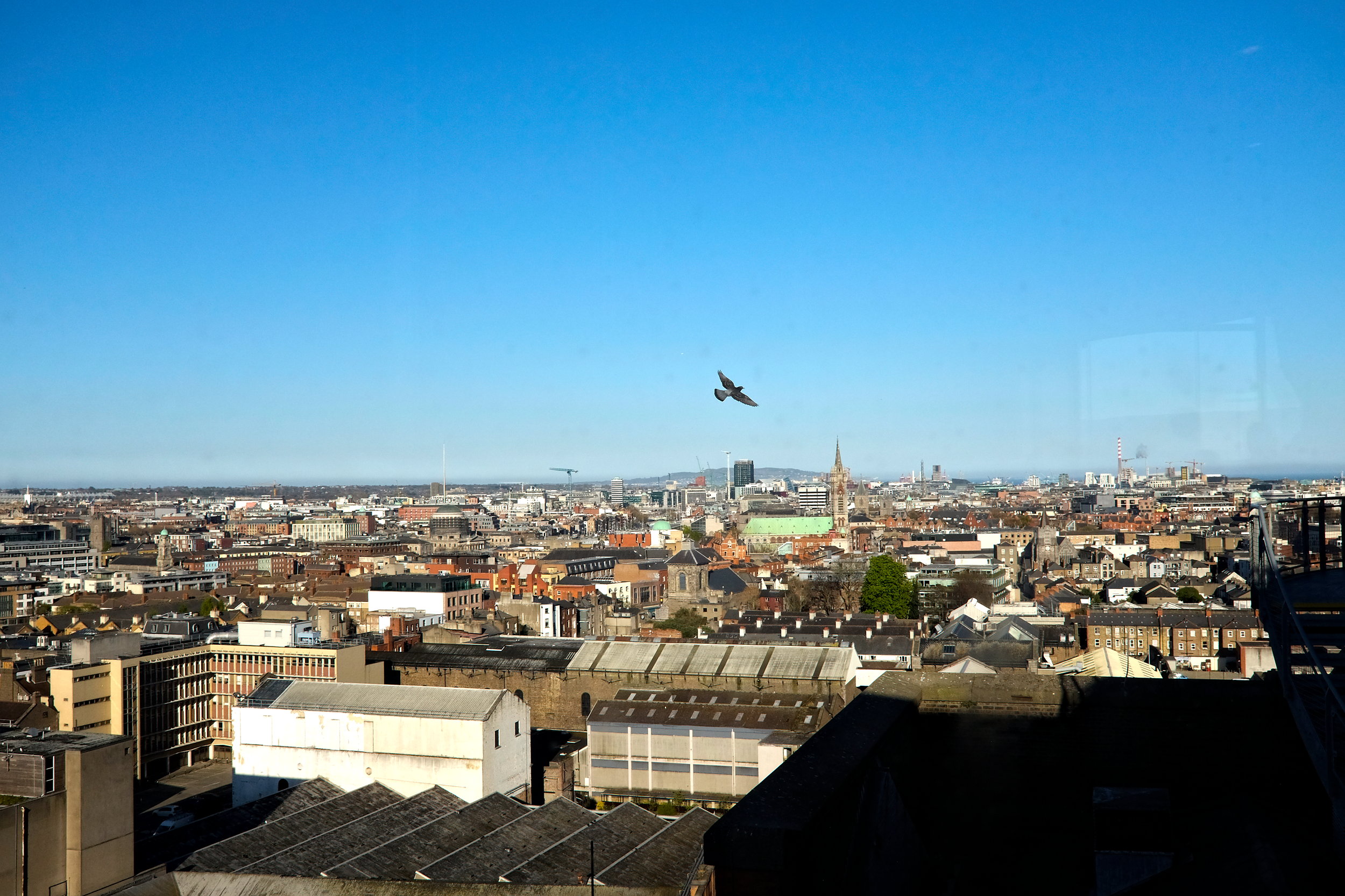
Day 8: Pack up and depart
Going home always feels a little bittersweet, doesn’t it? Our early flight gave us just enough time to sip coffee while packing up the final odds and ends. If you’re looking to make the most of your last morning, I’ve got more ideas in the “With More Time” section in my Dublin guide.
A taxi to the airport might be a splurge, but it’s the most efficient option—especially if you’ve got early flights or bulky luggage. If you’re heading back to the U.S., aim to arrive at least three hours early, as Dublin Airport has a U.S. Preclearance Facility. You’ll clear customs and immigration before your flight, meaning you’ll land stateside like a domestic traveler.
And from there? Maybe it’s time to start dreaming up your next adventure…
MY BEST TRAVEL TIPS FOR IRELAND
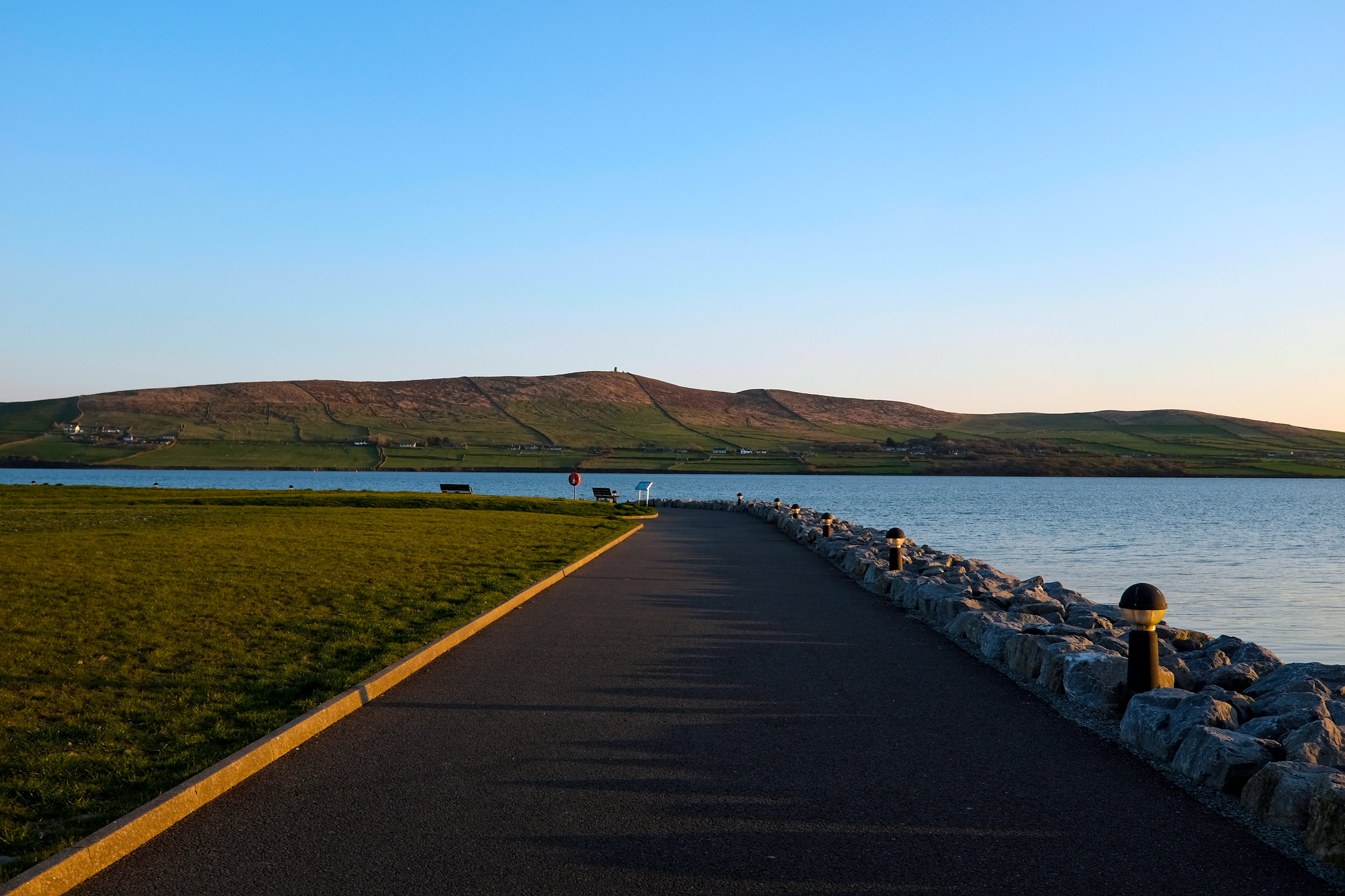
When to Visit
If you’re open to a little unpredictable weather in exchange for smaller crowds and lower prices, spring and fall are my top picks for visiting Ireland. Summer brings long stretches of sunshine, but also higher temperatures and prices to match. A winter trip will offer the best savings, but you’ll have to contend with more temperamental weather.
How to Get There
For this itinerary, flying in and out of Dublin made the most sense. But if you’re short on time and want to cut the trip in half, consider flying into Shannon Airport and out of Dublin Airport—or vice versa. The great news for my fellow U.S. travelers is that both airports offer U.S. Preclearance, making the return trip home a breeze.
Already in Europe? You can probably snag a flight for the price of a dinner out if you’re okay with a budget airline. Or switch things up with a ferry, like this one from France to Cork—you can even bring your car along for the ride.
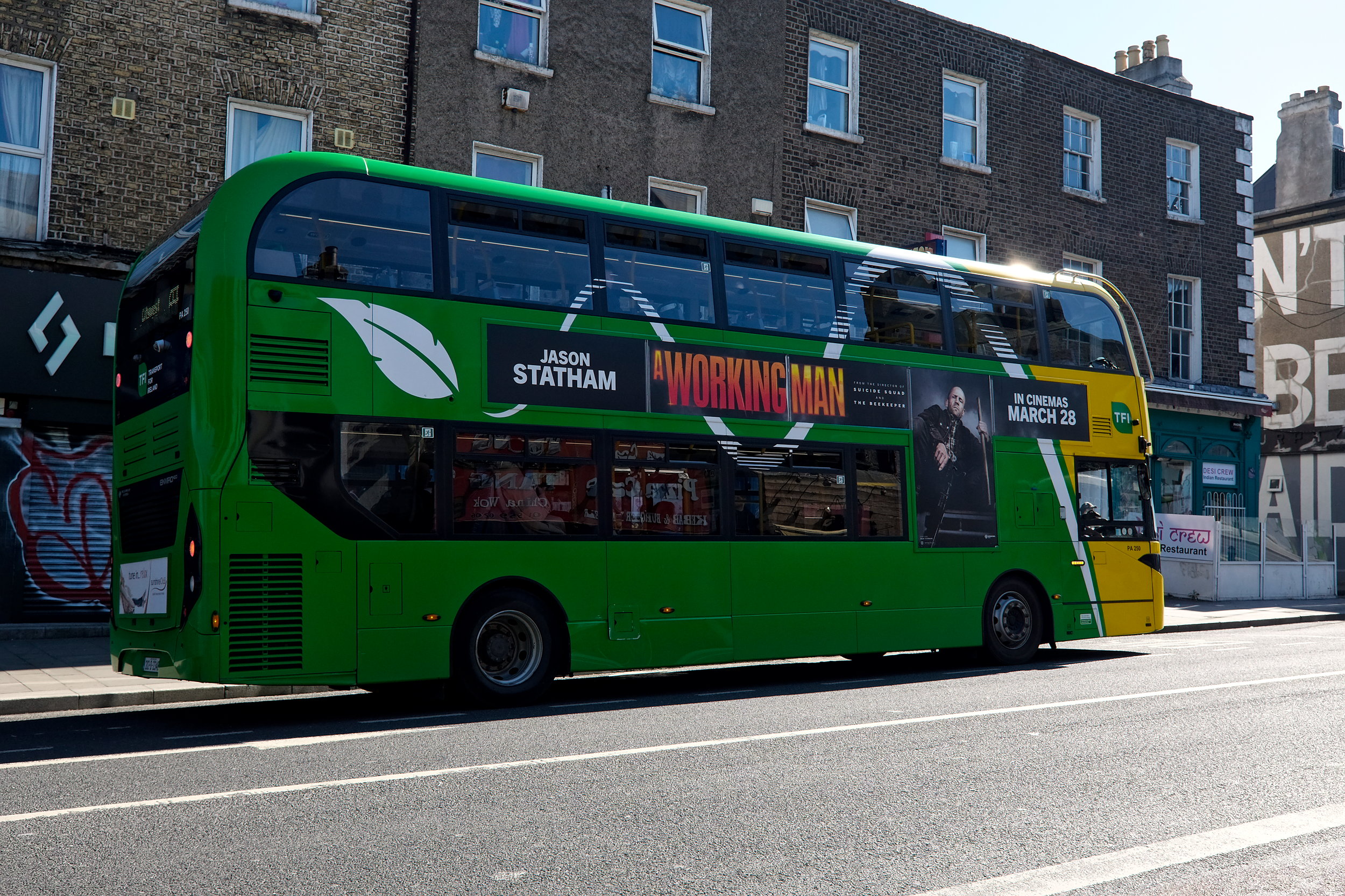
Getting Around
You can hit most major sights and destinations in this itinerary by bus or train—but not all. If you’re up for the challenge of navigating Ireland’s narrow roads (and driving on the other side), you’ll be well rewarded. The good news? You won’t need a car while in Cork, Galway, or Dublin, so you can relax once you reach the cities.
Ireland’s cities are generally very walkable, but if you need to cover longer distances, buses are widely available. Grab a TFI Leap Card to make it easier to travel on public transport throughout the Republic of Ireland. Need a more direct route? Download the Freenow app to hail a cab anytime.
Eir Codes
While we’re talking logistics, one helpful tool to know is the Eir Code. This seven-character code at the end of an address can pinpoint a location precisely. If you’re on the phone trying to figure out where to meet someone, just ask for their Eir Code, plug it into Google Maps, and off you go.
Language
Words matter. “Ireland” refers to the entire island, which includes both Northern Ireland and the Republic of Ireland. As you’ve probably gathered, this guide focuses on the Republic.
Also, avoid bringing up sensitive topics—one pubgoer we met in Dingle offered some sage advice: “Never talk about politics, religion, or S-E-X,” which he spelled out in the air with his pointer finger. I’d take that a step further and say: when in doubt, just steer clear of potentially divisive conversations, especially any mention of The Troubles.
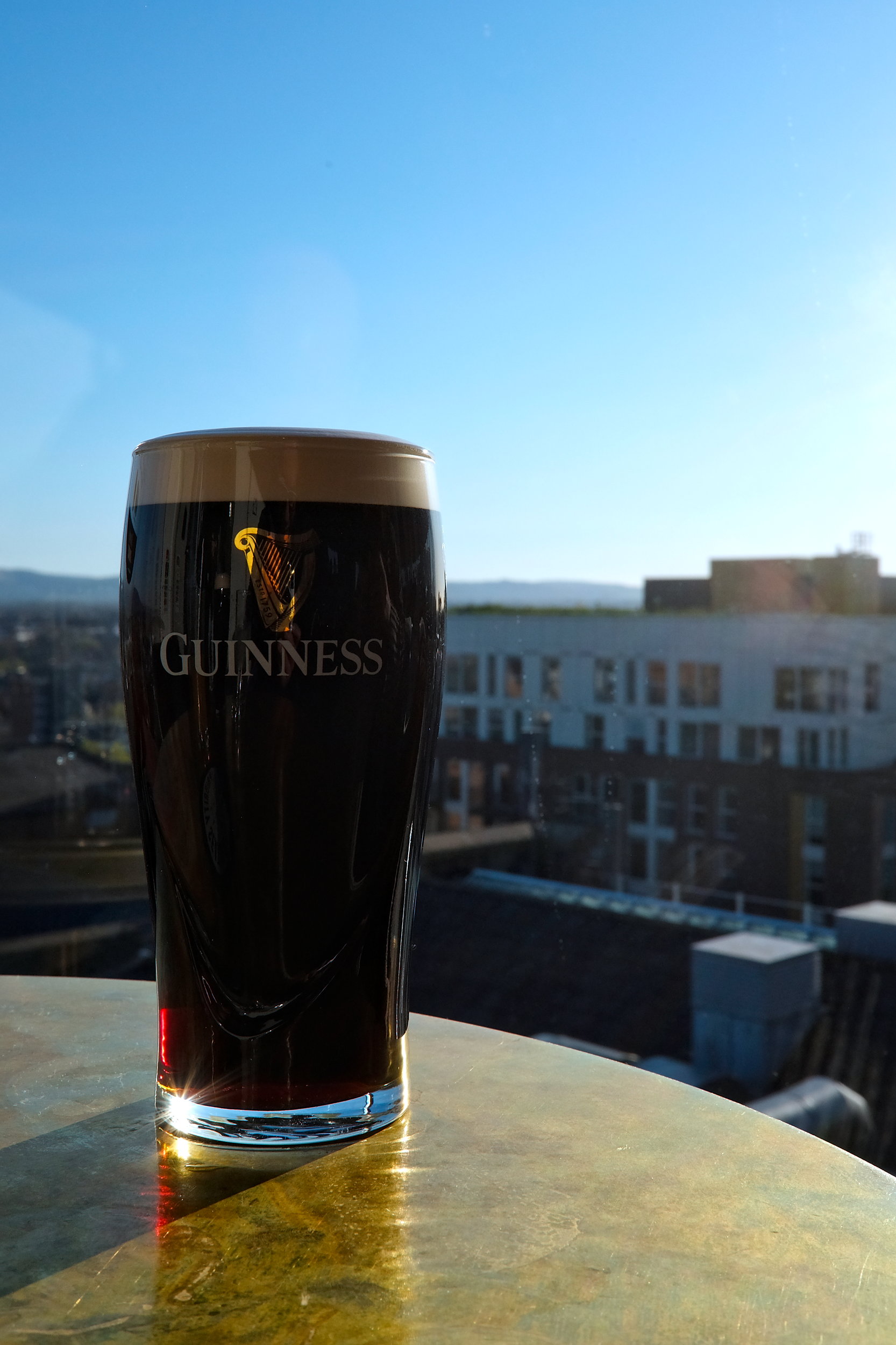
Money
The Republic of Ireland uses the Euro (heading to Northern Ireland? You’ll need British Pounds there). While I like to keep a little cash from each trip for next time, there’s no need to worry about arriving with Euros in hand. Just head to an ATM—preferably one attached to a bank—and withdraw what you need.
I typically use a credit card when I can (this one is my favorite because it has no foreign transaction fees), and I spent around €100 in cash over the course of the week—mainly at cash-only spots or to leave a small tip.
How much you spend will vary by season and travel style. You can keep costs down with hostels, buses, and budget meals—or go all-out. I fall somewhere in the middle: I’ll splurge when it adds value, and skip what doesn’t. Overall, I found prices to be comparable to a week at home in Charlotte.
And tipping? It’s not as expected as it is in the States, but it’s still common to tip 10–15% at restaurants, cafés, and pubs with table service. If you’re paying by card, you’ll need to let the server or cashier know how much you want to tip before paying at many restaurants. If I’m ever unsure of when and where to tip, I err on the side of generosity—especially when traveling.
Safety
If you’ve read my other Ireland guides, I might sound like a broken record, but I’ll say it again: Ireland is generally a very safe destination. Sure, home often feels safest—but as I sit here typing with police sirens and a helicopter overhead (life in Charlotte!), I can honestly say I never experienced anything like that while in Ireland.
I won’t promise that nothing will ever go wrong, but I can share that I never felt unsafe during my travels. Staying aware of my surroundings, drinking responsibly, and keeping an eye on my belongings made a big difference. That said, I wasn’t traveling solo, which can influence how safe you feel.
FINAL THOUGHTS ON SPENDING A WEEK IN IRELAND
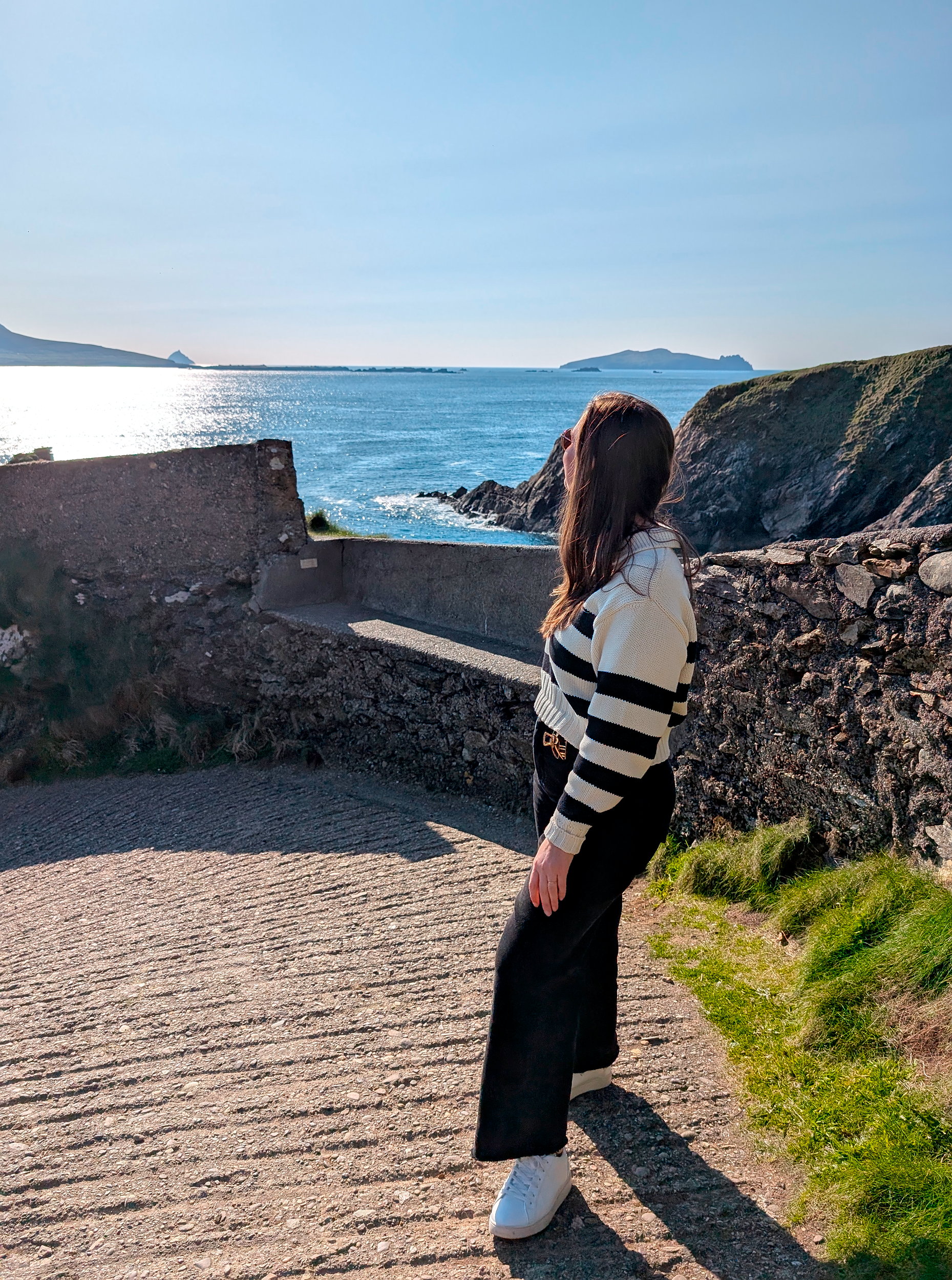
A week in Ireland is, in many ways, a week of impossible decisions. This beautiful country offers far more than seven days’ worth of sights, flavors, and cultural experiences. I fully stand behind this itinerary and its balance of activities for different interests and budgets—but every choice to include something meant choosing to leave something else out.
The truth is, there are a lifetime of adventures to be had here, and countless ways to shape a trip depending on your priorities, pace, and travel style. Ireland is a country worth returning to again and again—even if only for a week at a time.
—
Questions for you
Have you been to Ireland before? If so, what was the highlight of your trip?
If you’re planning your first visit, what’s the one place or experience you’re most excited about?
Do you prefer structured trips or leaving room for spontaneity when you travel?
Where to next? You may also enjoy:
- A Weekend Guide to Galway, Ireland
- Checking In: A Review of The Stop Bed & Breakfast in Galway, Ireland
- 24 Hours in Dingle, Ireland
- The Wayward Guide to Cork, Ireland
- A Leisurely Road Trip from Dublin to Cork
- How to Spend a Weekend in Dublin, Ireland
- 24 Things You Should Know Before Renting a Car and Driving in Ireland
- Instagram Stories Highlight: Ireland
- How to Find Cheap Flights
- 20 Questions You Should Ask a Potential Travel Partner Before You Leave Home
- What Happens When You Cancel a Non-refundable Trip?
- How to Split Travel Costs When One Person Earns More
- Why You Should Always Pack a Bandana When You Travel
- My Flight Got Canceled and All I Had to Wear Was This Dress
- I won a trip! (Now what?)
- Travel-Inspired Recipe: Vegan Irish Cream
- All Airline Reviews
- All Travel Guides by Destination
- Checking In: Hotel Reviews
- Shop My Closet
- Exclusive Promo Codes + Discounts
